PRODUCER FOR
*MARIO TESTINO* *A+BEAUTIFUL+WORLD+ MEXICO*

Mario Testino OBE is widely regarded as one of the most influential fashion and portrait photographers of our times. His photographs have been published internationally in magazines such as Vogue, V Magazine and Vanity Fair. He has contributed to the success of leading fashion and beauty houses, creating emblematic images for brands from Gucci, Burberry, Versace and Michael Korsto, Chanel, Estée Lauder and Dolce & Gabbana.
Alongside his 40-year practice as a photographer, Testino has realised a body of work as a creative director, guest editor, museum founder, art collector/collaborator and entrepreneur. In 2007, at the request of his clients to provide full creative direction services, he formed MARIOTESTINO+ which today is a growing team of individuals who support Testino to realise the breadth of his creative output.
Testino’s is an artistic vocabulary that transgresses genders, mixes masculinity and femininity and suggests sensuality rather than sexuality. Suzy Menkes, Vogue’s International Editor explains, “Testino’s skill is first and foremost to catch the moment and to bring out the humanity in his subjects.”[3] Testino’s subjects appear confidently alive; he captures their energy by creating an openness and intimacy with them.
Known for the extraordinary way in which he can capture the most private of moments, Testino’s spontaneous, intimate portraits offer the viewer new perspectives on famous faces, often establishing new fashion icons. He has documented subjects from A-list stars, muses, supermodels and artists, to subjects that he has encountered throughout his travels, from magnificent cities by night to mysterious landscapes and private soirees.
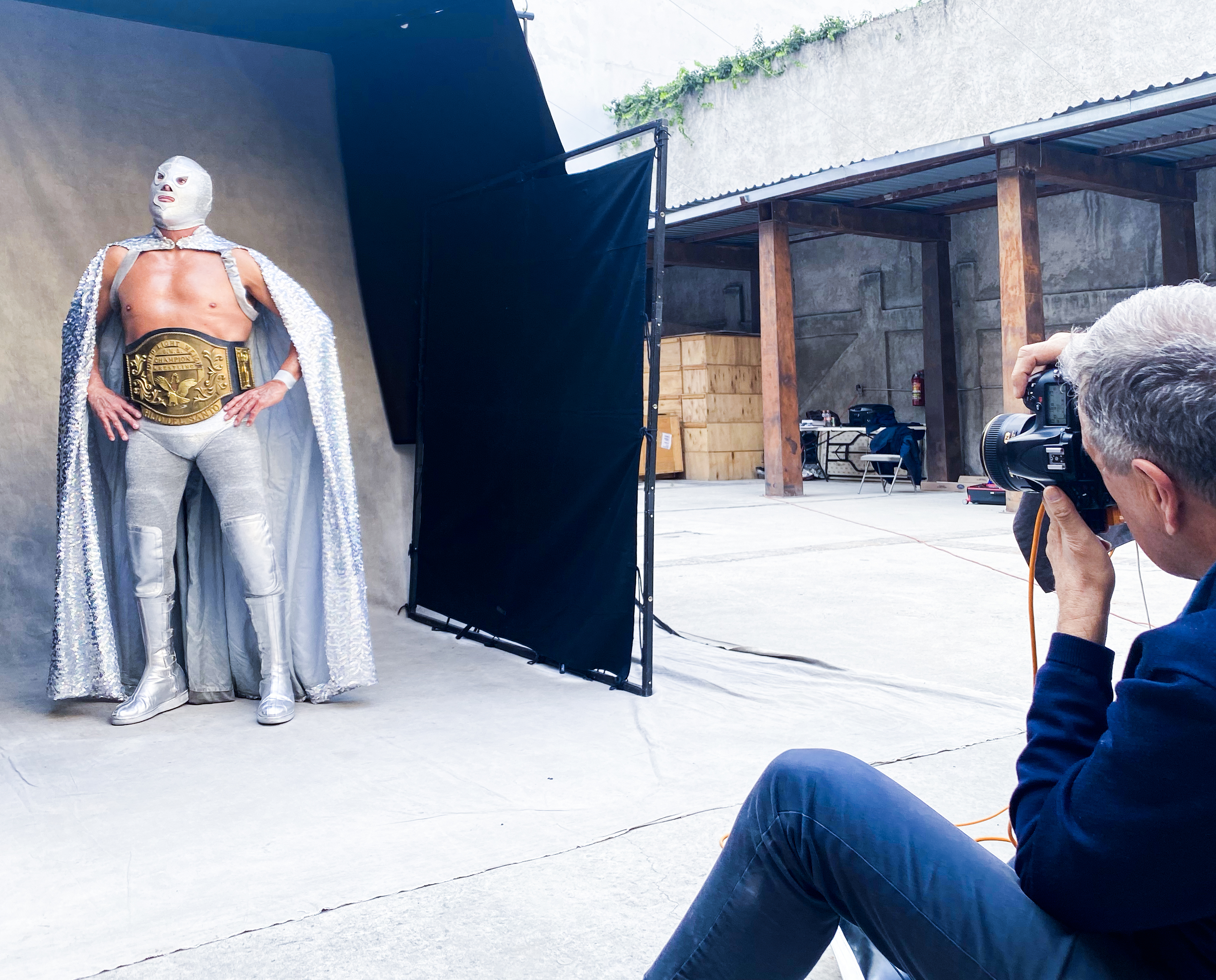





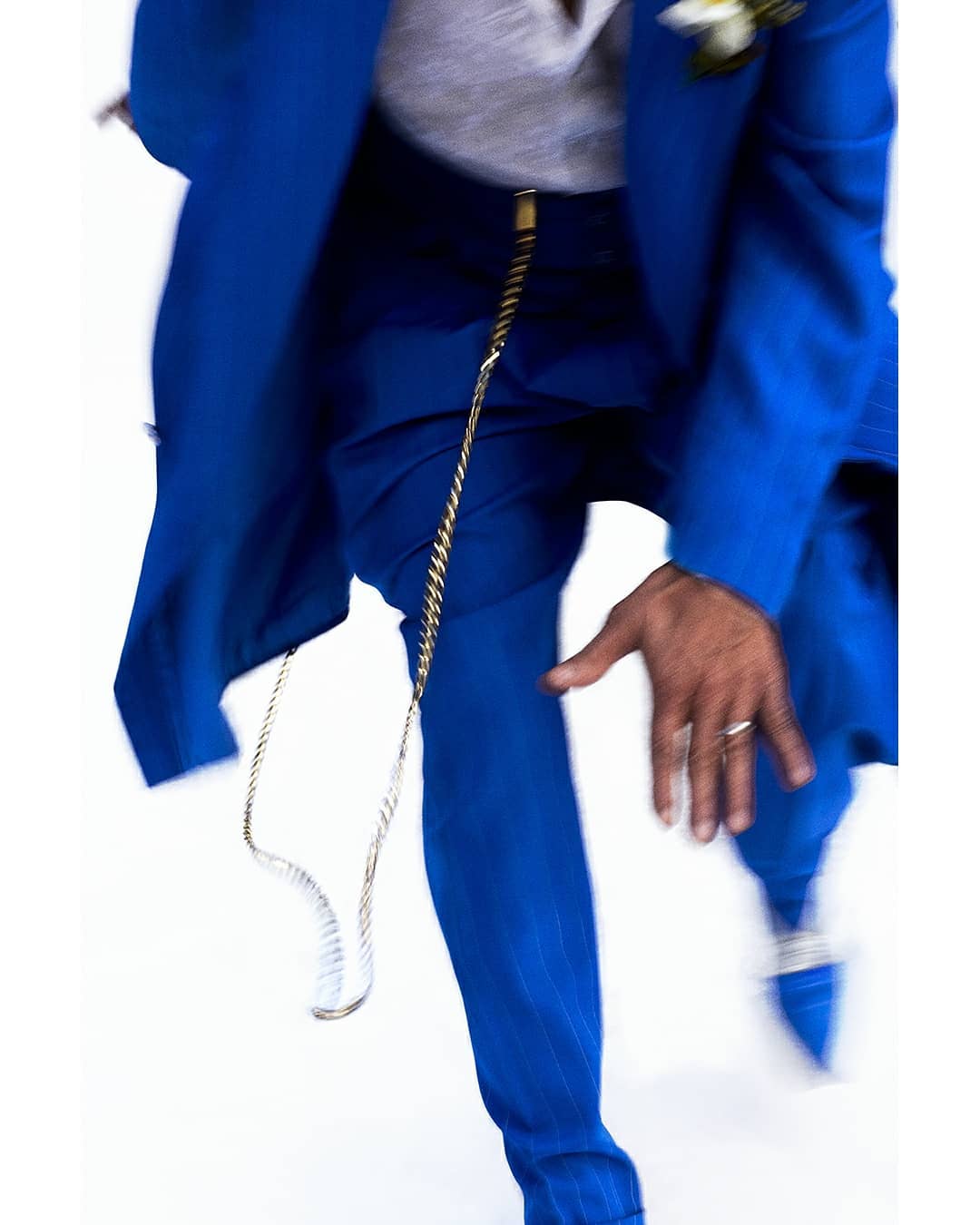














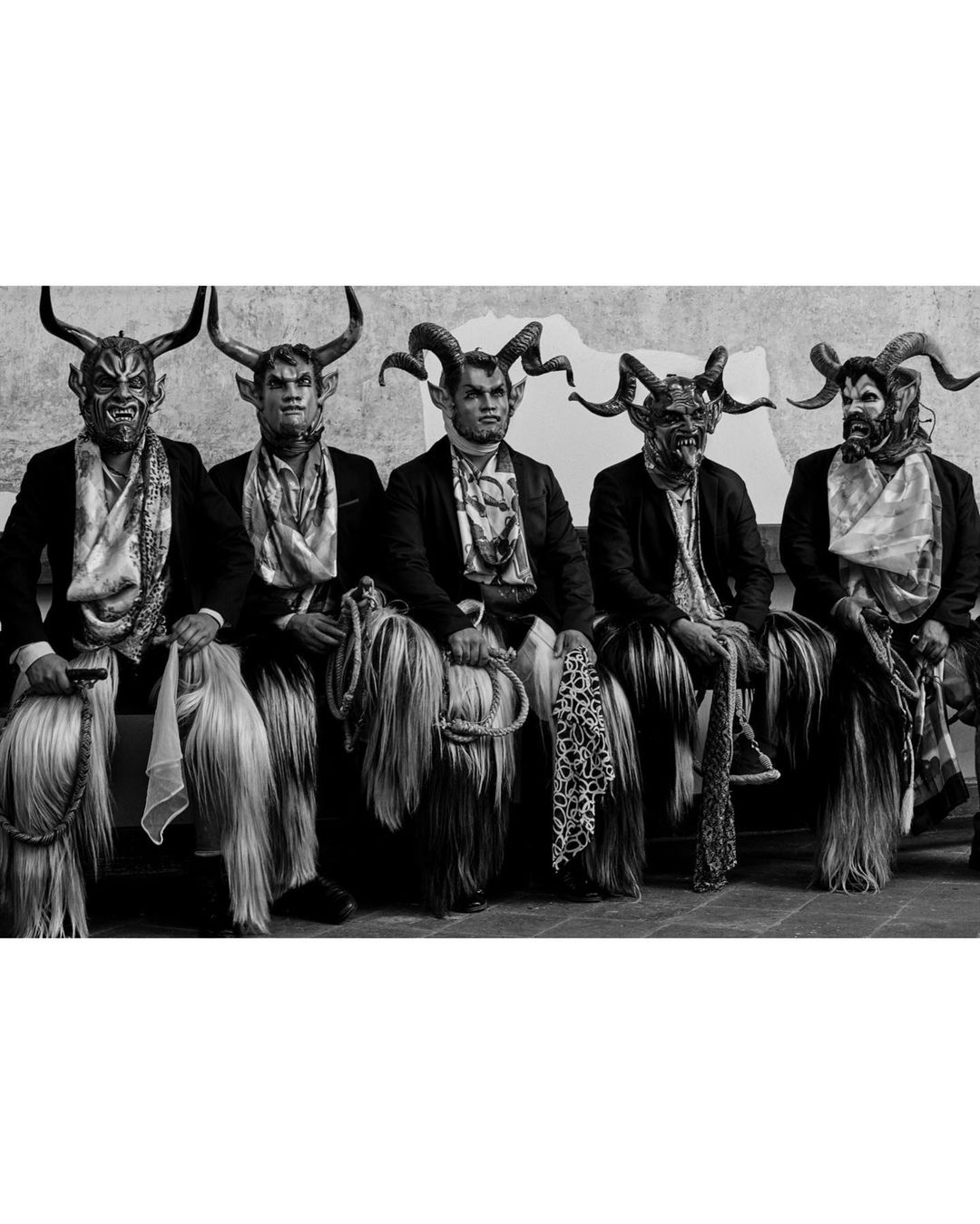


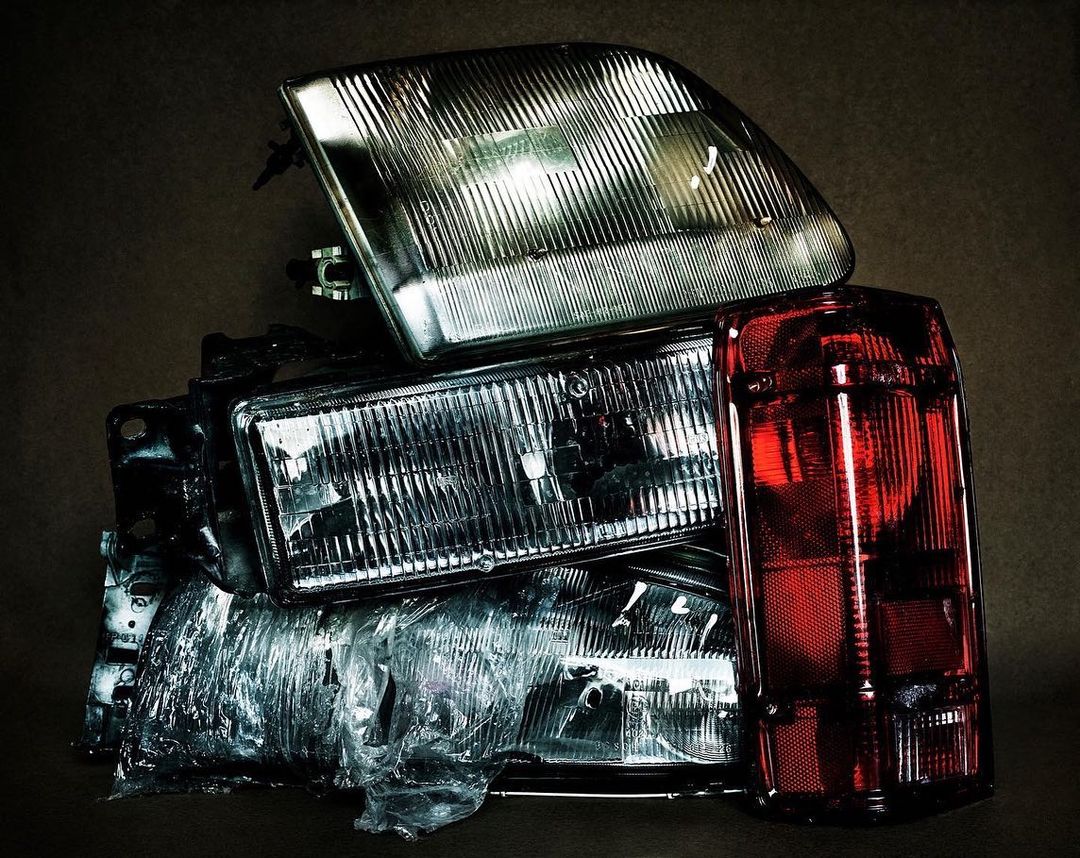


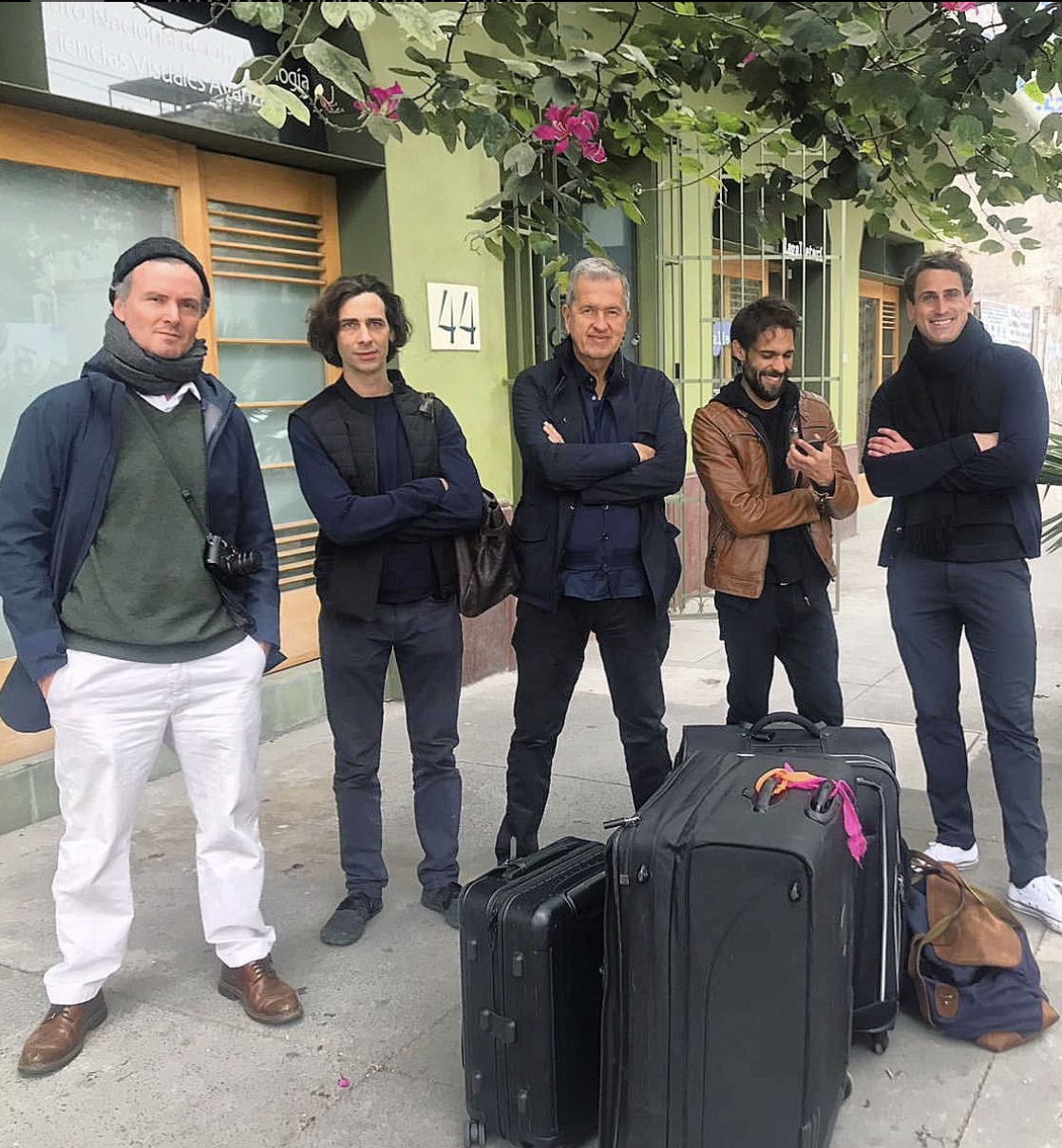






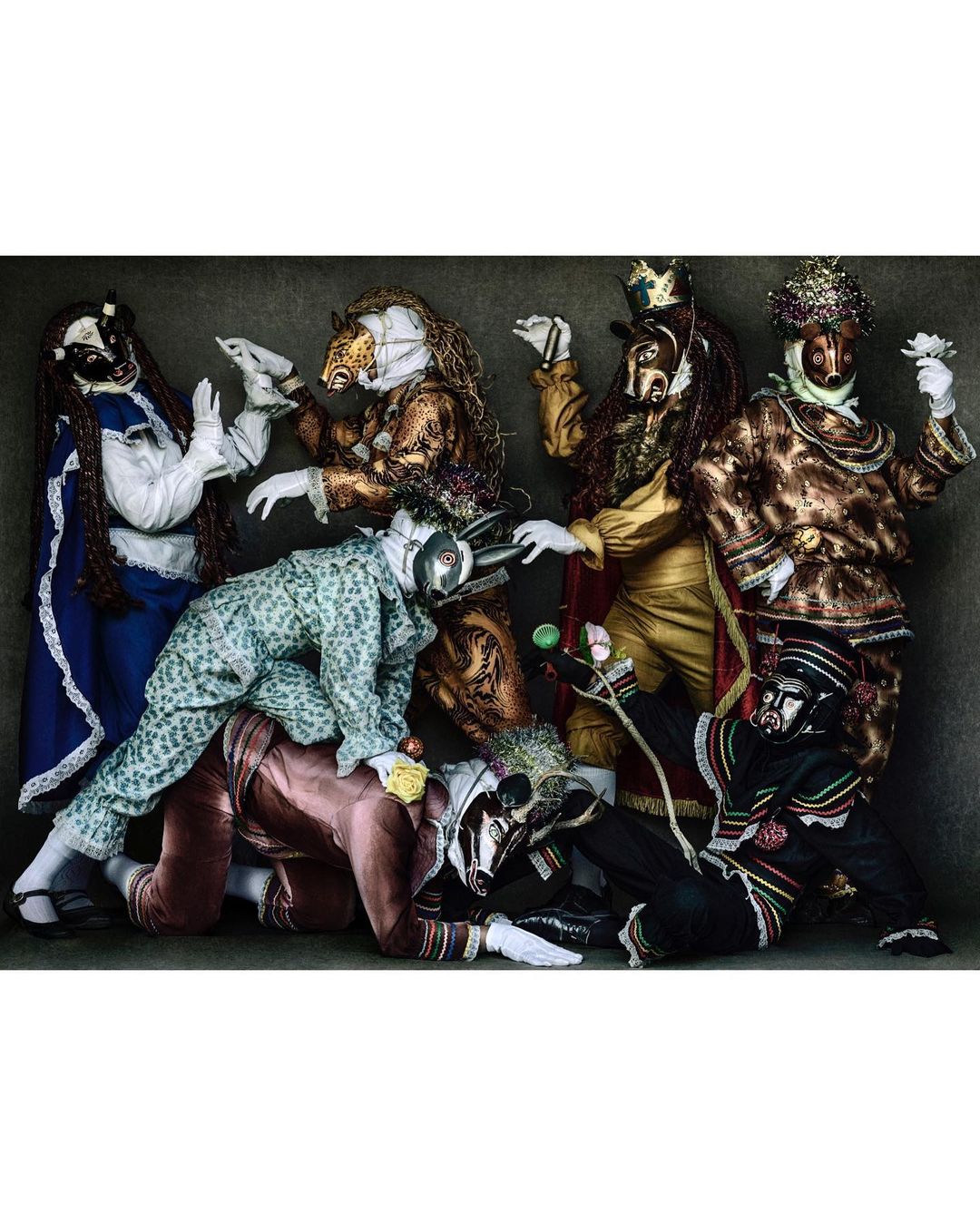














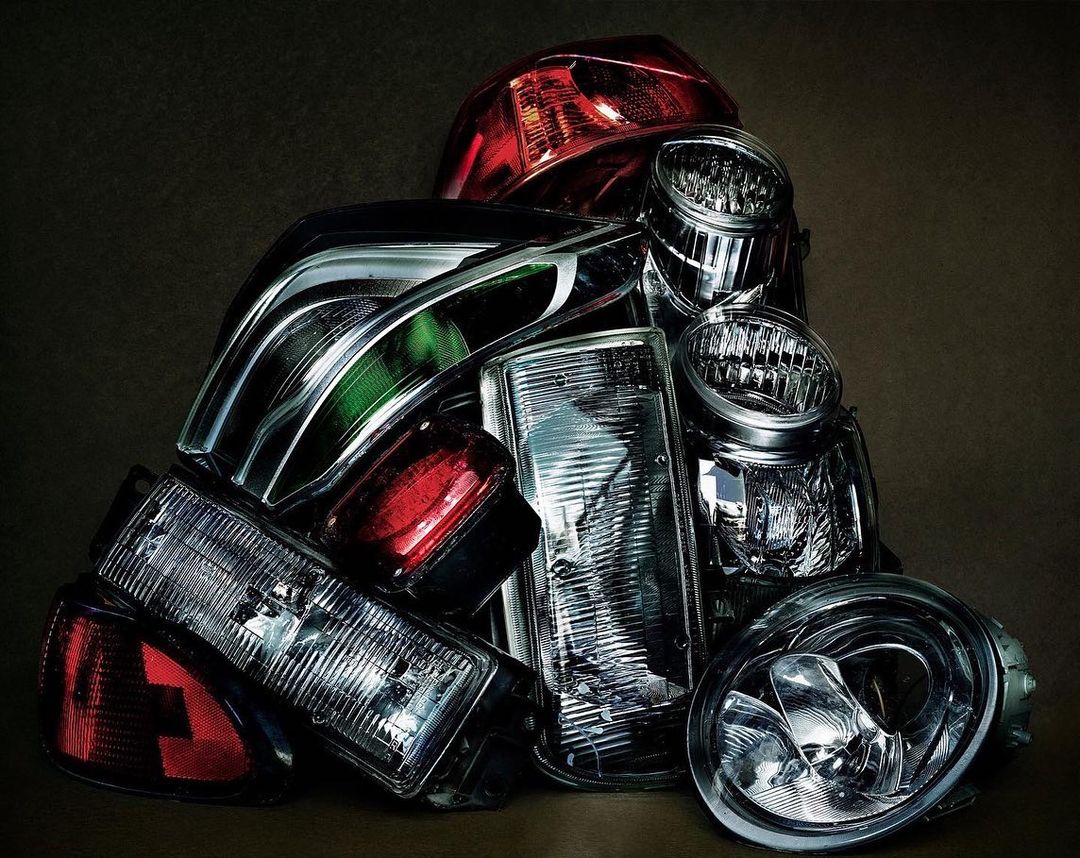





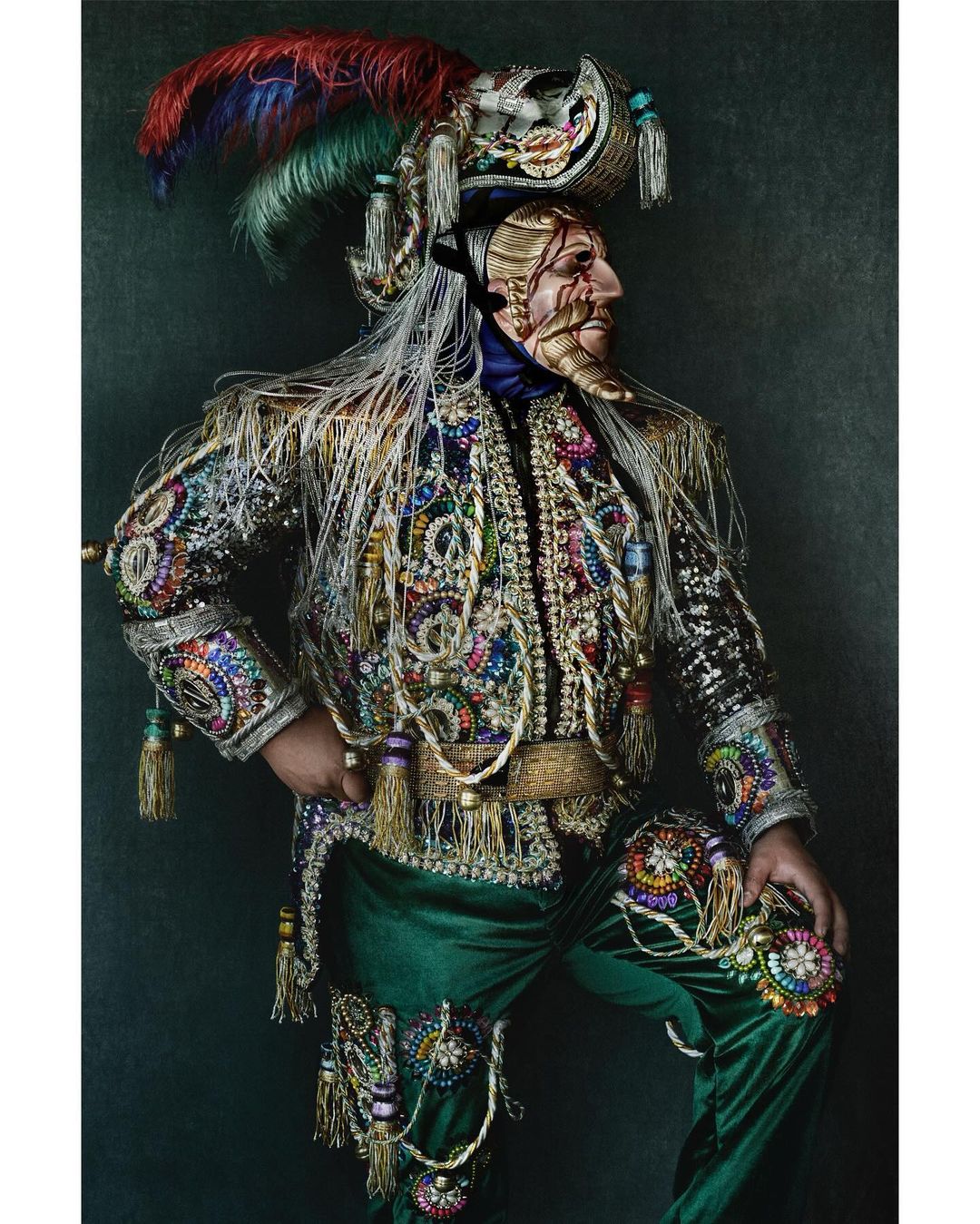


The four hands are lying in a row, motionless.
The space between A…’s left hand and Franck’s right hand is approximately two inches. The shrill cry of some nocturnal carnivore, sharp and short, echoes again toward the bottom of the valley, at an unspecified distance.
The space between A…’s left hand and Franck’s right hand is approximately two inches. The shrill cry of some nocturnal carnivore, sharp and short, echoes again toward the bottom of the valley, at an unspecified distance.


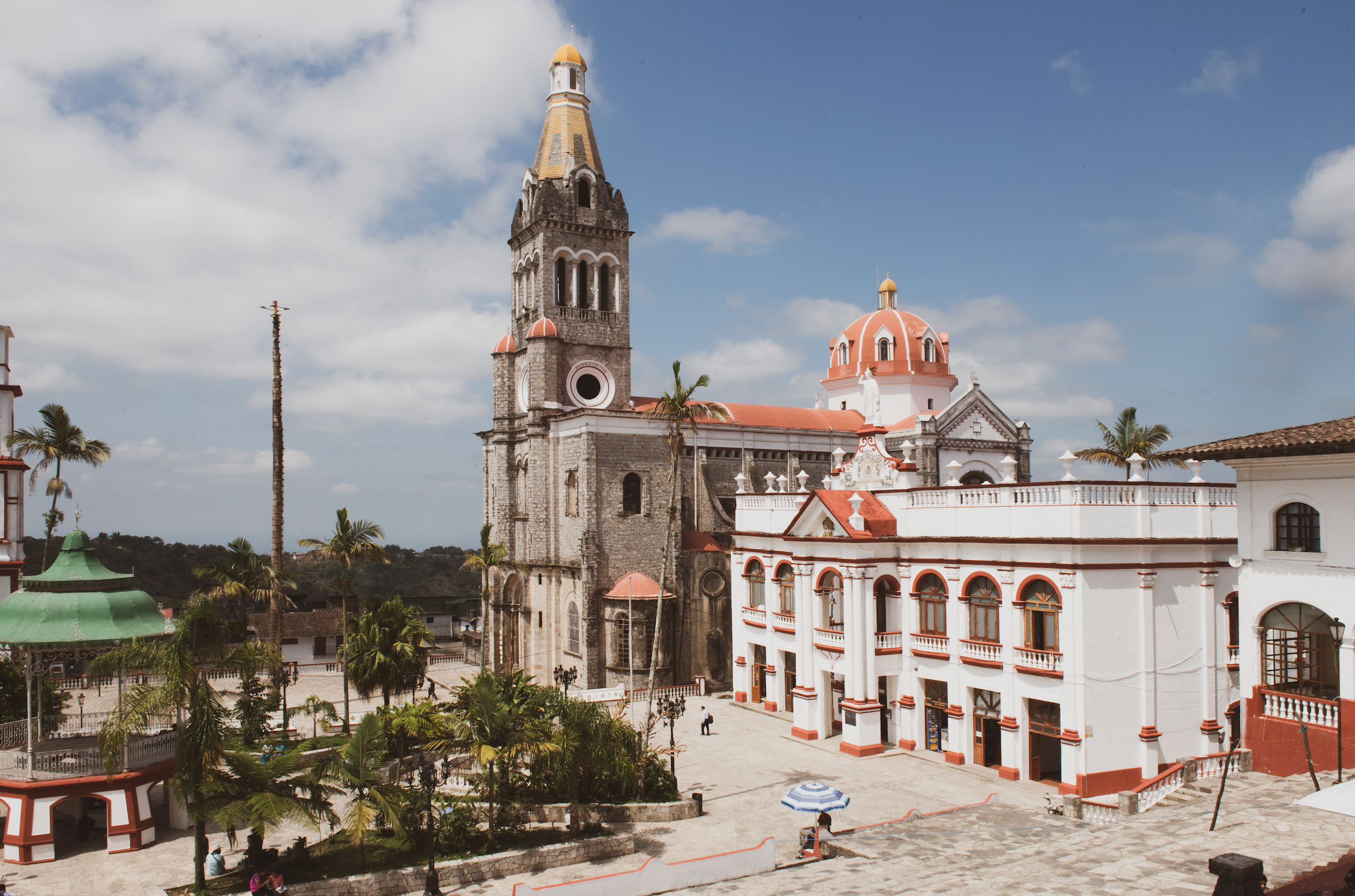
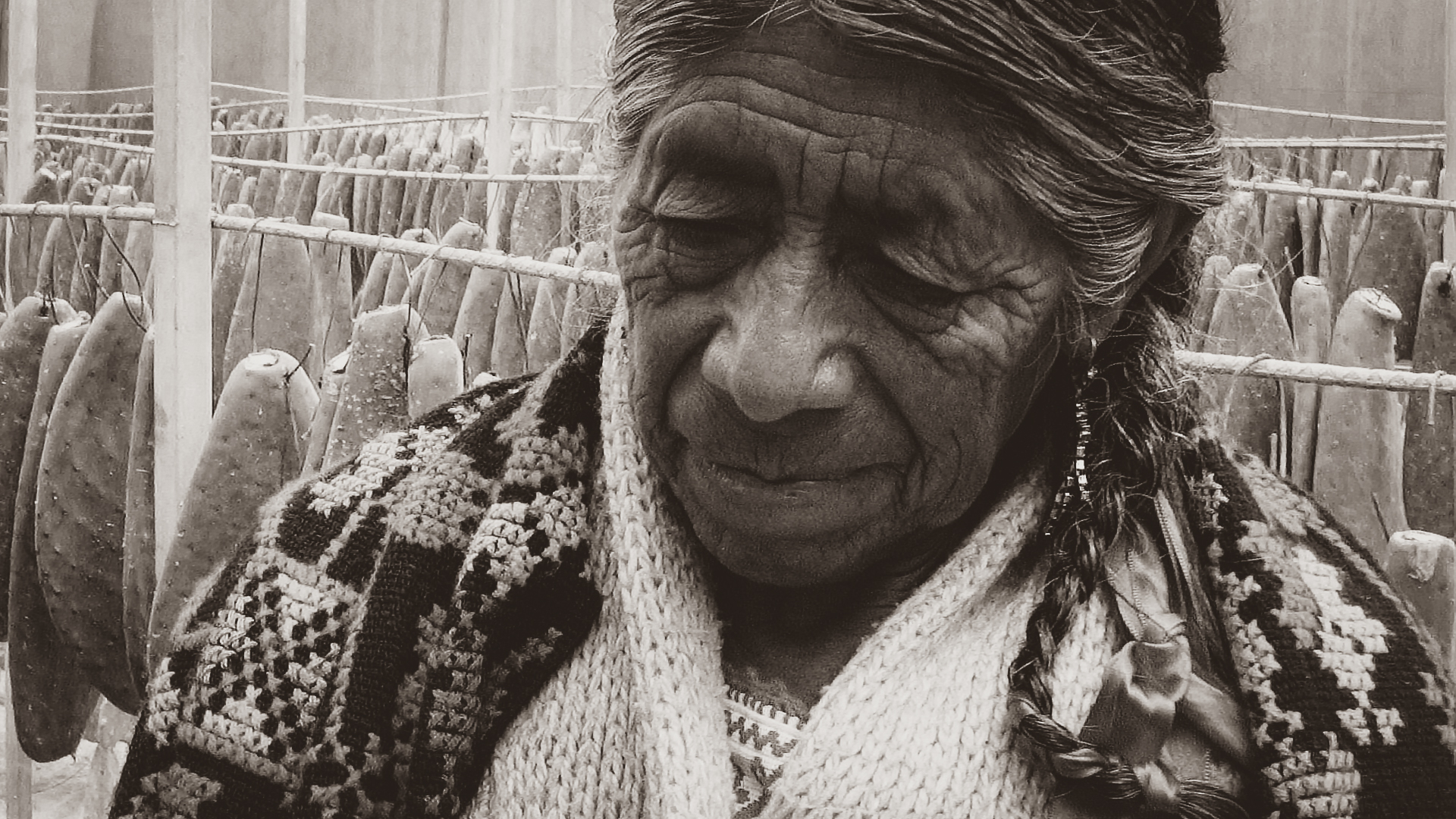


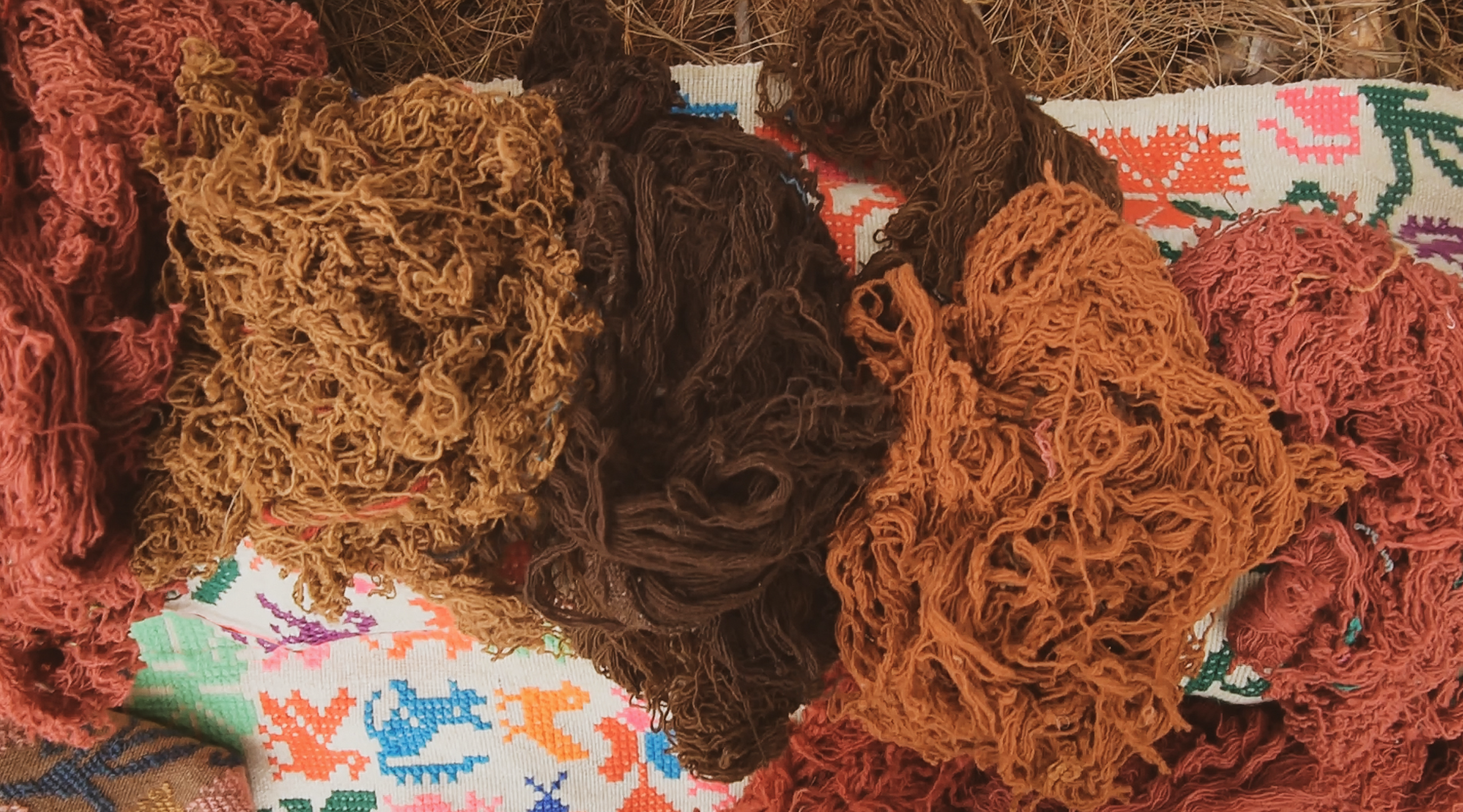

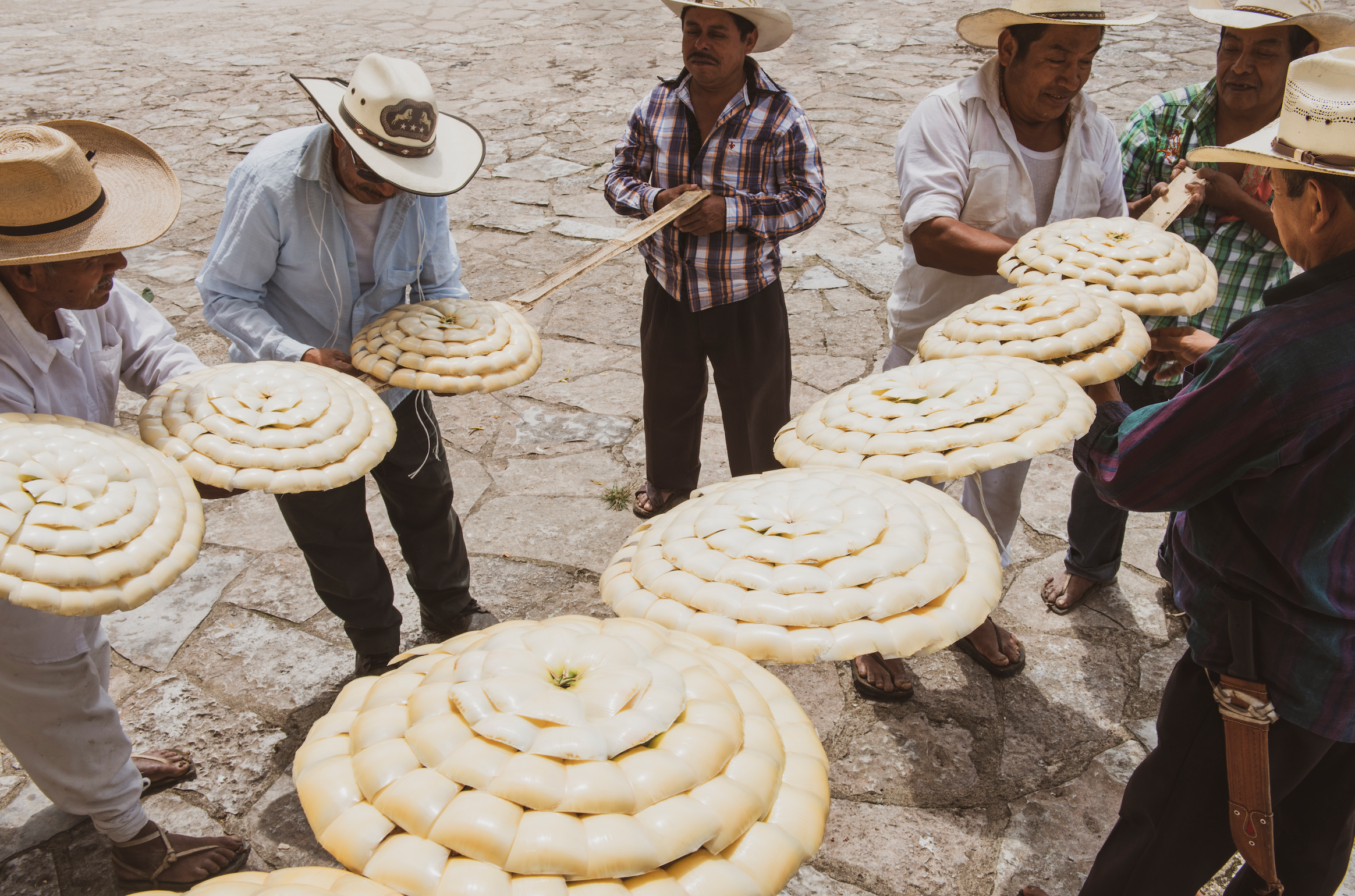
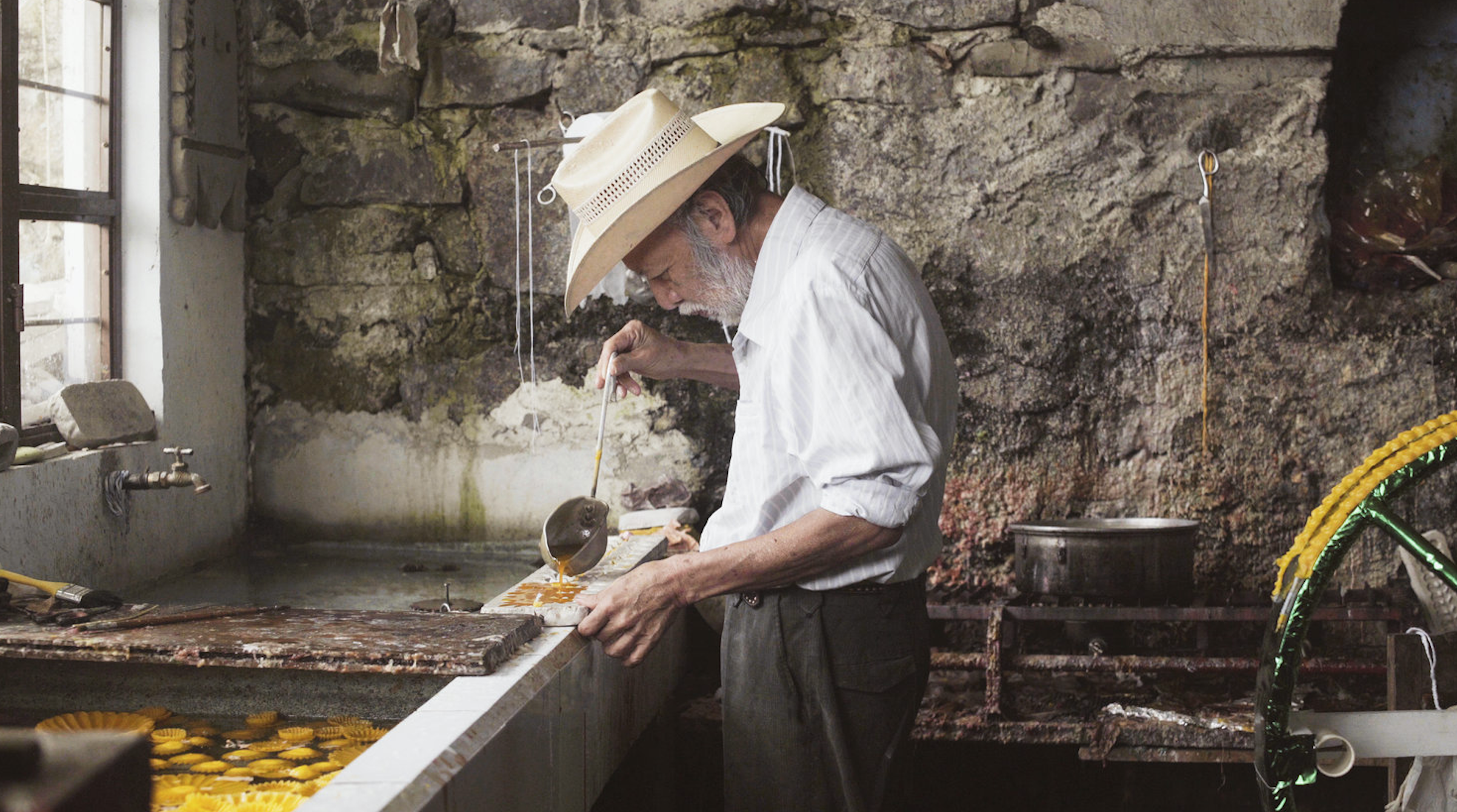
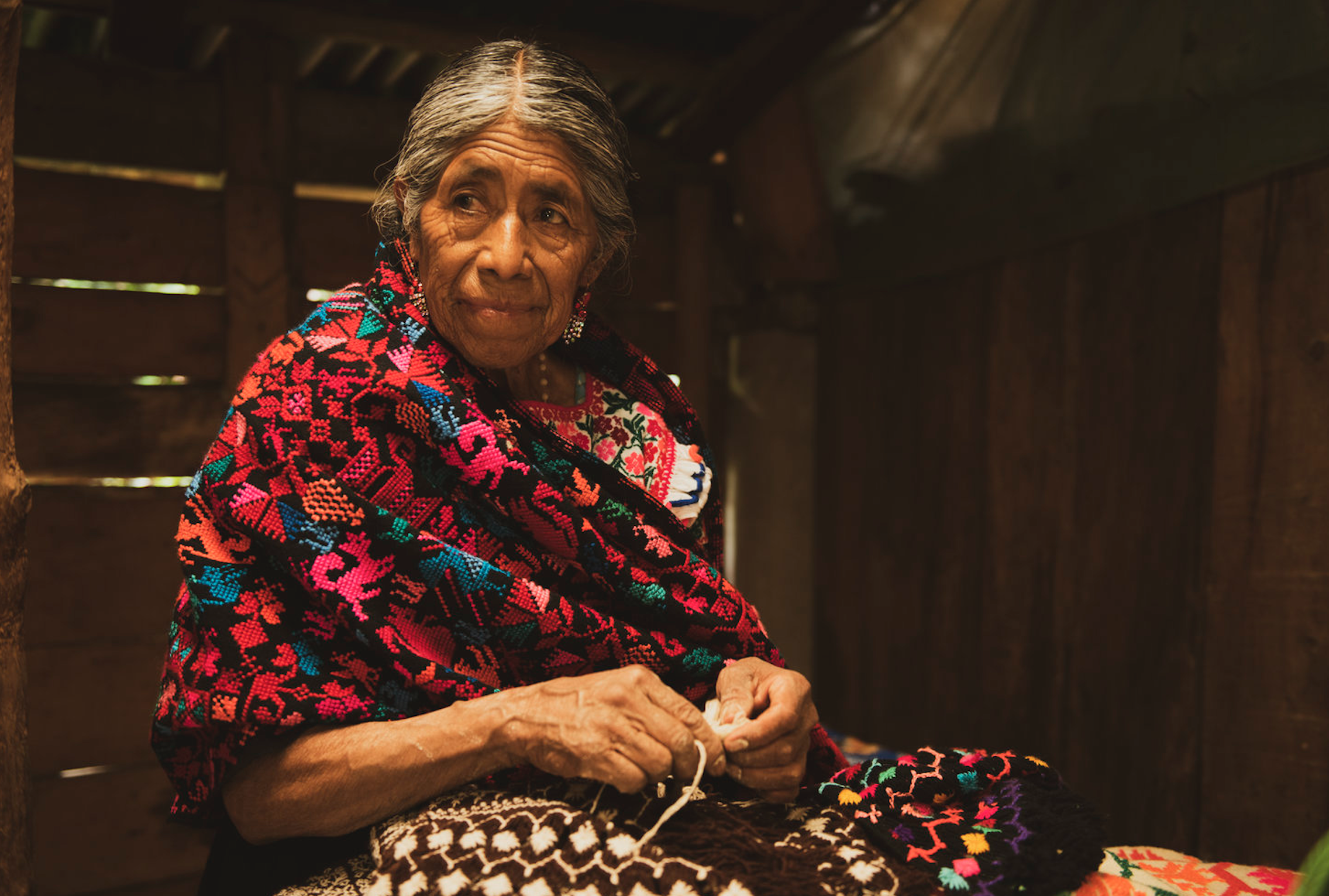


Cuetzalan wakes up every day with the haze that emerges from the Sierra Norte de Puebla, with cobbled streets, houses with gable roofs and the peace of a town that is perfect for photographing. Its name is interpreted as the "place where red birds abound".
Its inhabitants, proud of their ancestors, are perpetuators of the art of embroidery and loom ... They combine their activities with the tourist attention that demands to be one of the spoiled Magical Towns of Mexico.
The cobblestone streets with slopes invite you to visit them slowly, enjoying the picturesque landscape. Its historical center allows you to admire 19th century Spanish-style temples and mansions, included in the Monuments Catalog prepared by the National Institute of Anthropology and History (INAH)
Its inhabitants, proud of their ancestors, are perpetuators of the art of embroidery and loom ... They combine their activities with the tourist attention that demands to be one of the spoiled Magical Towns of Mexico.
The cobblestone streets with slopes invite you to visit them slowly, enjoying the picturesque landscape. Its historical center allows you to admire 19th century Spanish-style temples and mansions, included in the Monuments Catalog prepared by the National Institute of Anthropology and History (INAH)
Cuetzalan is also rich in craftsmanship and highlights, made in waist loom, huipiles, rebozos, blouses, scarves, dresses, backpacks and tablecloths.
Their embroidered huipiles are part of artisan collections in various national museums, and as a curious note, it is the dress of the woman from Cuetzalan that represented the state of Puebla in the monographs on Mexican costumes for several decades, with her huipil and her singular touched in the head.
Their embroidered huipiles are part of artisan collections in various national museums, and as a curious note, it is the dress of the woman from Cuetzalan that represented the state of Puebla in the monographs on Mexican costumes for several decades, with her huipil and her singular touched in the head.
Another fact worth sharing: a large number of the inhabitants of Cuetzalan preserve their indigenous way of life, their indigenous radio being one of their main means of communication.
Already in the area, seven kilometers away, you will find the archaeological zone of Yohualichan, which was inhabited by Otomi and Totonac groups and which, it is thought, were the same ones that built El Tajín in the state of Veracruz.
If you like exploration, go to the Cuichatl lakes, where you can swim; surprise yourself also with an ample system of caverns, of which it emphasizes the grotto of the Chivostoc or the Amocuali, that is to say, of the Devil.
Already in the area, seven kilometers away, you will find the archaeological zone of Yohualichan, which was inhabited by Otomi and Totonac groups and which, it is thought, were the same ones that built El Tajín in the state of Veracruz.
If you like exploration, go to the Cuichatl lakes, where you can swim; surprise yourself also with an ample system of caverns, of which it emphasizes the grotto of the Chivostoc or the Amocuali, that is to say, of the Devil.
AYUMI PAUL
SETTING UP.
Ayumi Paul is a composer and violinist based in Berlin. Her work combines site specific concert, composition, performance, and installation. The intrinsic sound of body, material, and the surroundings is essential to her conceptual approach to creating highly sensitive and often durational performances which unfold the possibilities of listening.
She trained as a classical violinist at Hochschule für Musik Hanns Eisler in Berlin and Indiana University and gave her solo debut at the Berlin Philharmonic Hall in 2003 from where she continued to perform at the world’s most sought after concert halls while at the same time developing her own distinct approach to music. In recent years she became more widely known in the visual and performative art context. Her work has been presented at Kunsthalle Osnabrück (2016), Esther Schipper (2017), National Gallery Singapore (2018), and Galerie Thaddaeus Ropac Paris (2018). She is currently composing a new performance of her project We Are We for the Philharmonie de Paris and preparing her first institutional solo exhibition for Kunsthalle Osnabrück, both scheduled for spring 2020.
PHOTOGRAPHER FOR
JAVIER MARÍN
“The Flesh of the human Soul”
At times we forget that without a body, there would be no soul, or something akin to a soul. We overlook that talent, in the absence of instruments, could not exist. We need to be reminded that inanimate things require physical appearance to make their presence known. All feelings seek an organ to dwell in: love, in the heart; envy, in teeth; tenderness, in skin…
Javier Marín is well aware of this, so he creates. Not only does he endow existence to his sculptures, in the same act, he imbues them with something more enduring than life, something that goes beyond, because they possess significance and meaning, individually and as a group. They inspire feelings that otherwise would not exist in the people who behold them.
However, not everything in his sculpture is organic and dynamic. There is a strength and rectitude derived from his respect for purity of forms; purity transcends boundaries and finds its place at the very limits of what is impure. There is a betrayal to the air of the times and a fidelity to himself, which his work conveys without any need for explanation; the coherence of his work is far more eloquent than any text that could be written about them.
Javier Marín is well aware of this, so he creates. Not only does he endow existence to his sculptures, in the same act, he imbues them with something more enduring than life, something that goes beyond, because they possess significance and meaning, individually and as a group. They inspire feelings that otherwise would not exist in the people who behold them.
However, not everything in his sculpture is organic and dynamic. There is a strength and rectitude derived from his respect for purity of forms; purity transcends boundaries and finds its place at the very limits of what is impure. There is a betrayal to the air of the times and a fidelity to himself, which his work conveys without any need for explanation; the coherence of his work is far more eloquent than any text that could be written about them.
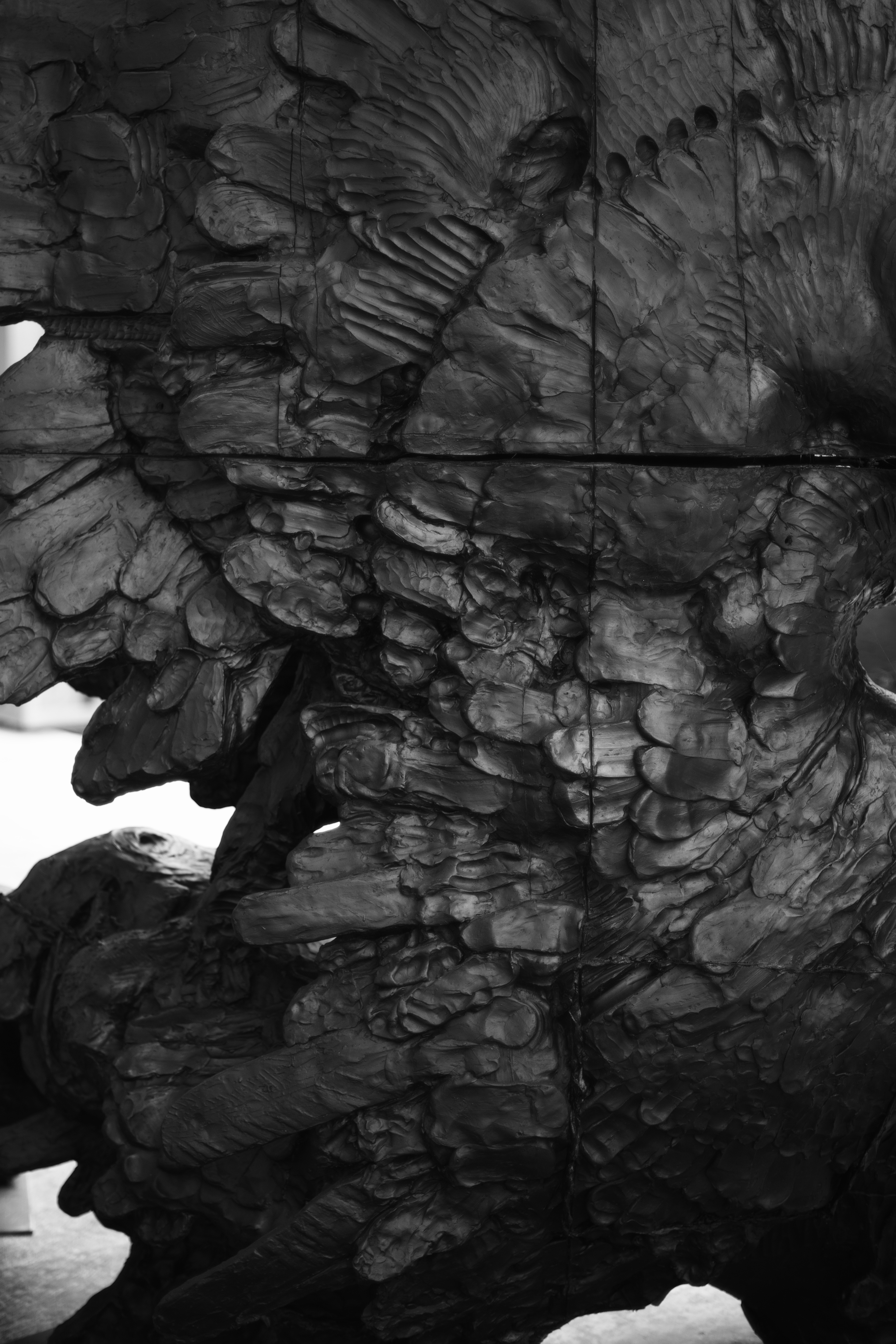
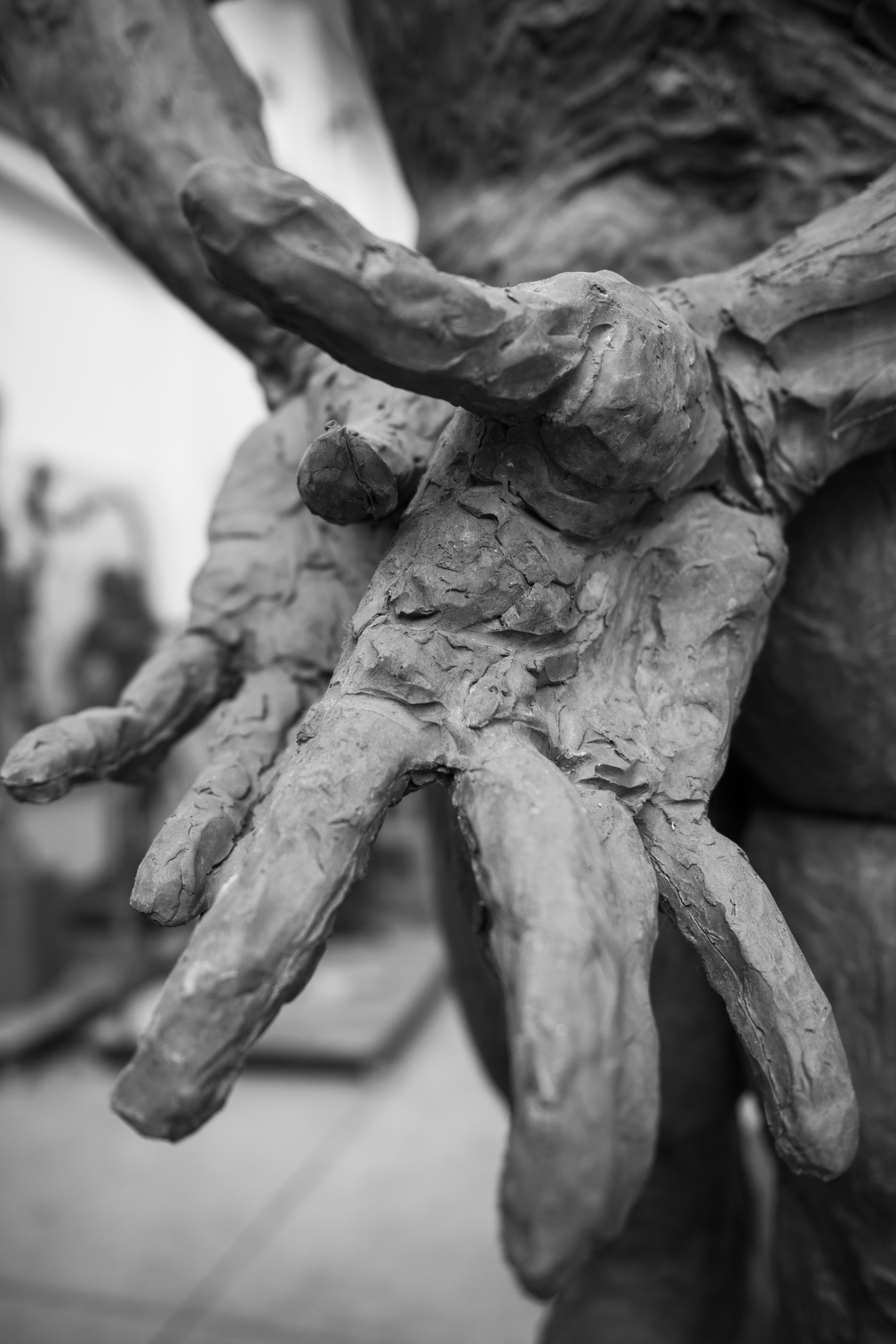

In this installation we find the same elements in Aztec mythology, such as the eyes of the rain god Tlaloc turned into rings resting on the monumental platform out front; we can see a structure, designed according to ancient Mexica canons, that serves as the basis for a type of art that the ancients themselves might have imagined, because the composition respects rules much earlier than their own formulation. Javier Marín’s sculptures, his parts, the members composing them, shape the essence of the piece, what art at times is generous enough to give us, inspiring a feeling within us.

The human being is at the center of everything. Truly modeled men and women, beauty enhanced more by their will and freedom than by their features, which might be considered beautiful in today’s aesthetic. There are human beings, who almost avow their potential, while reaffirming their experience. These living entities display a rare quality of being ex-votos in themselves, with their apparent disarticulation transmitting a victory, a trophy won after overcoming a difficult test. The bodies he offers are often used; they have been touched so often, since the artist’s tactile sense is in each one of them. So no one would doubt of their existence, at least in another world, in a place where what counts are the things that you have directly experienced and not those that you have been told about. Blood courses through the pieces, not only in a figurative or symbolic sense.
The Body of Things
Imma Turbau
The Body of Things
Imma Turbau

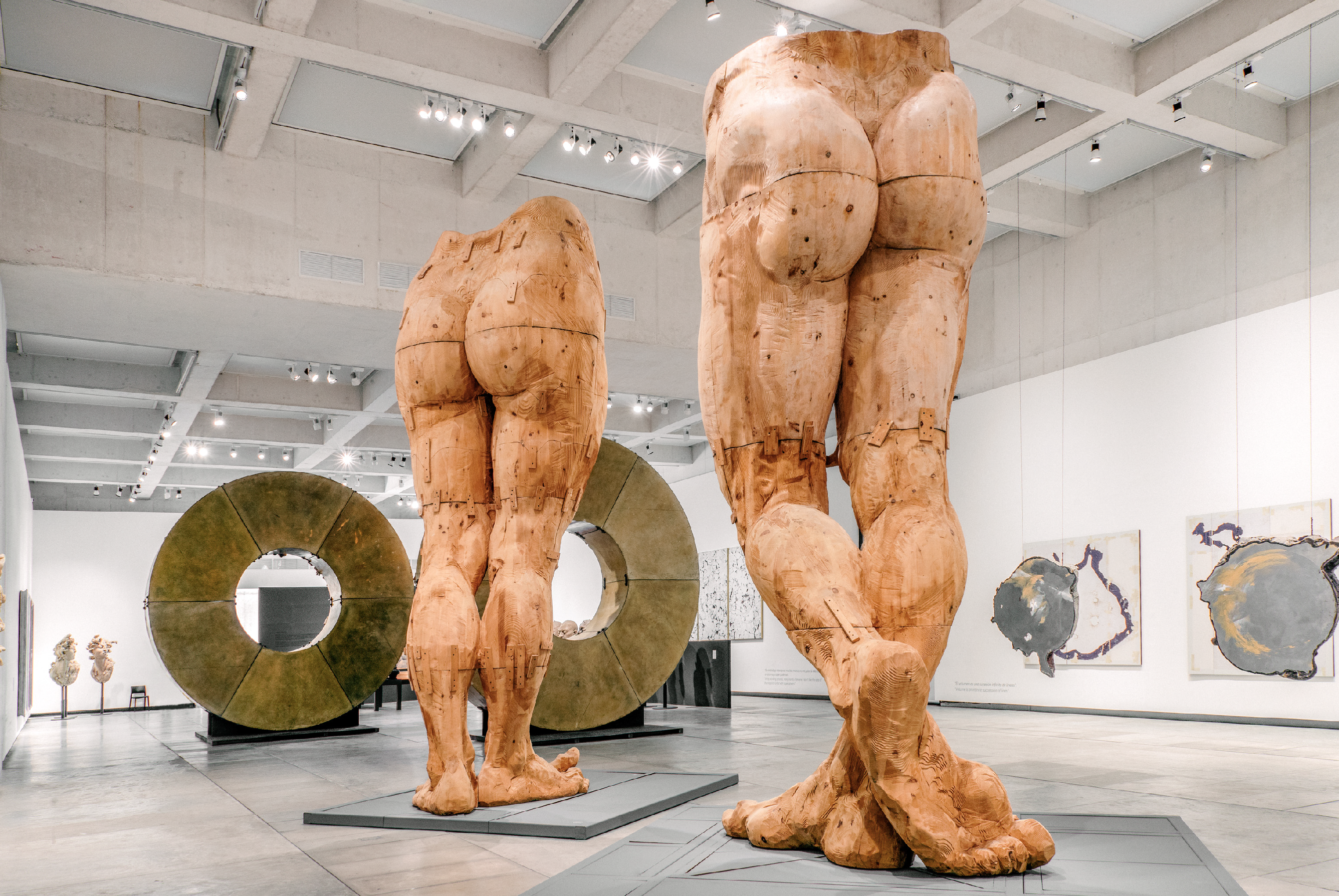





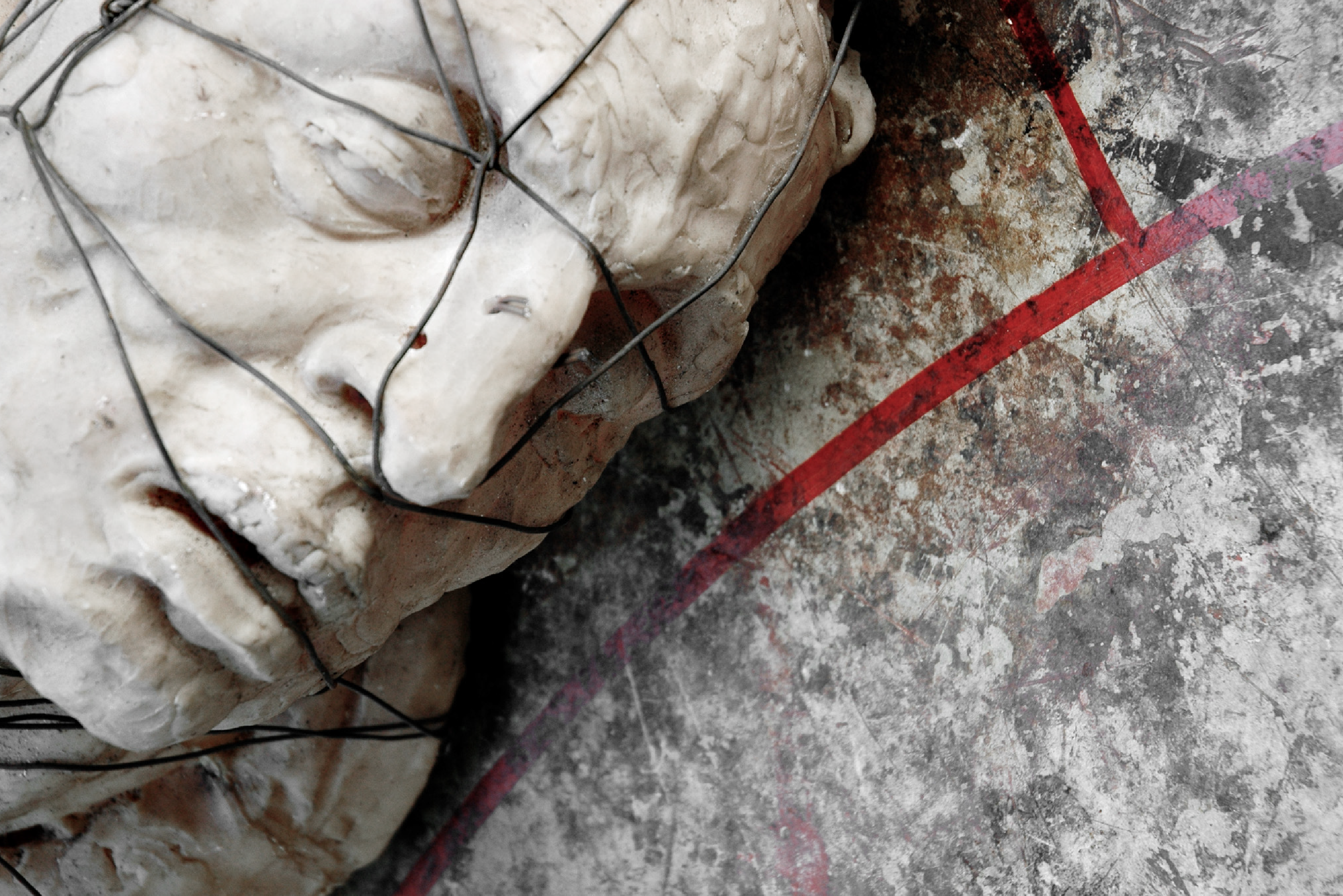

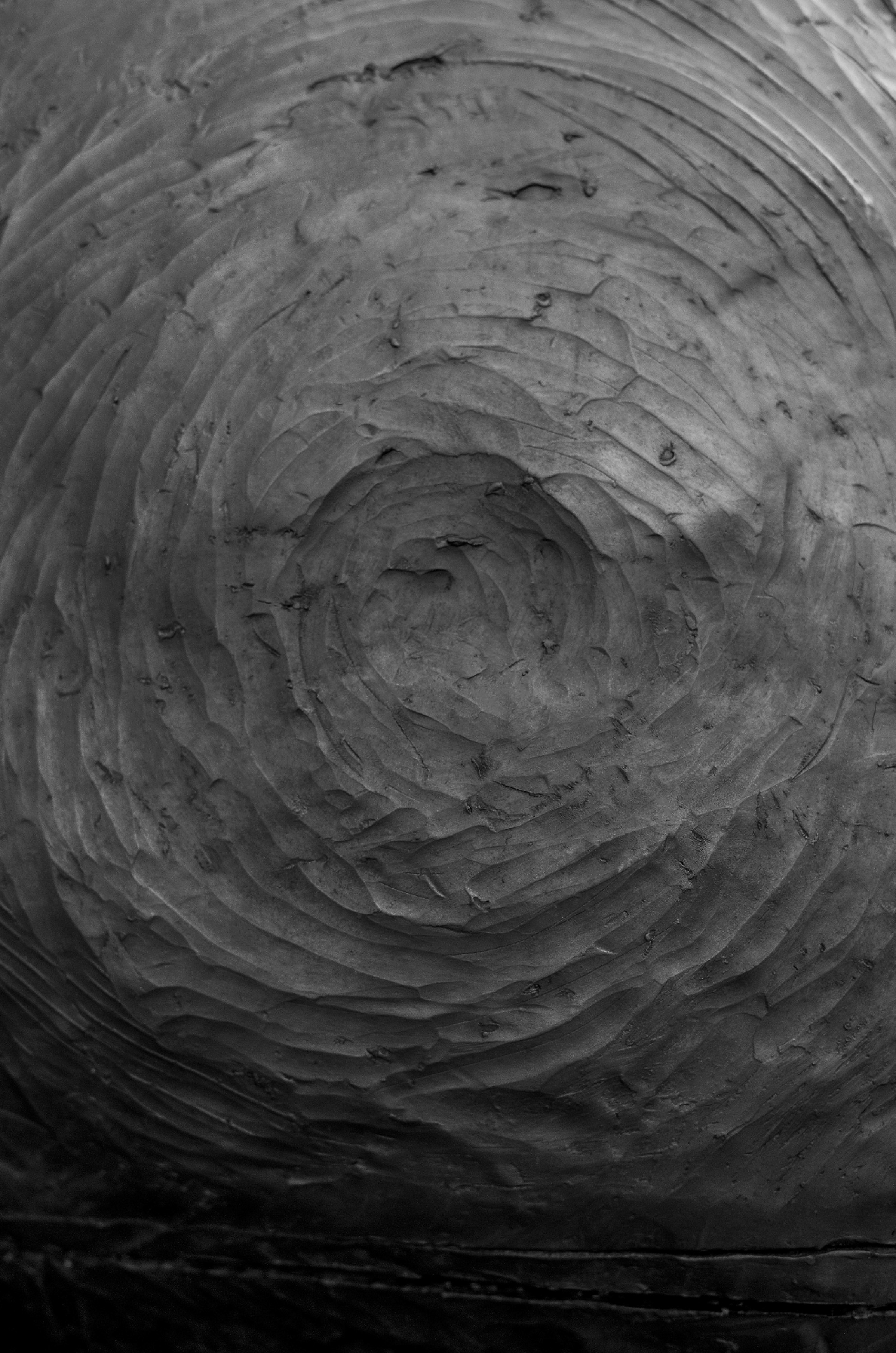
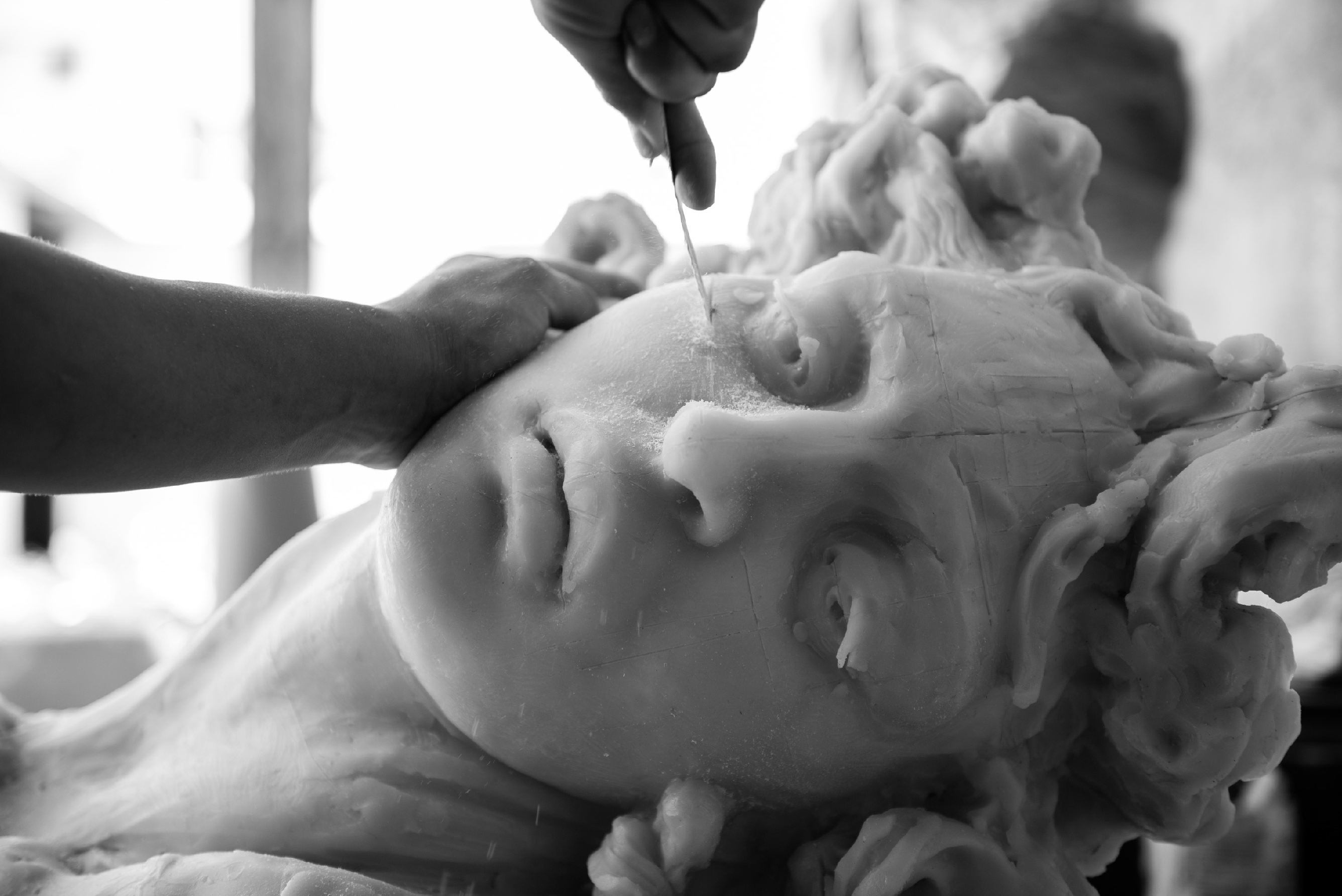



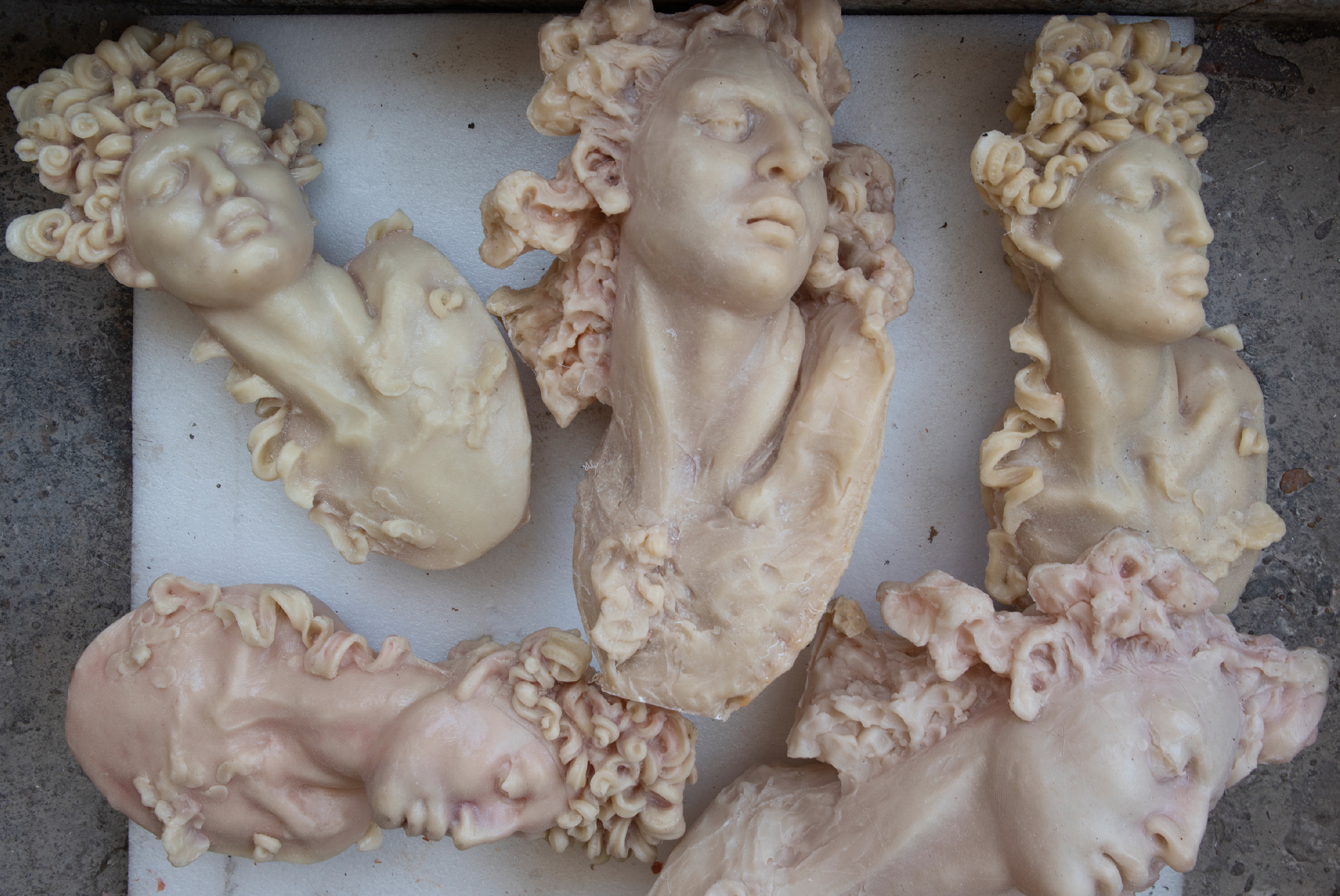

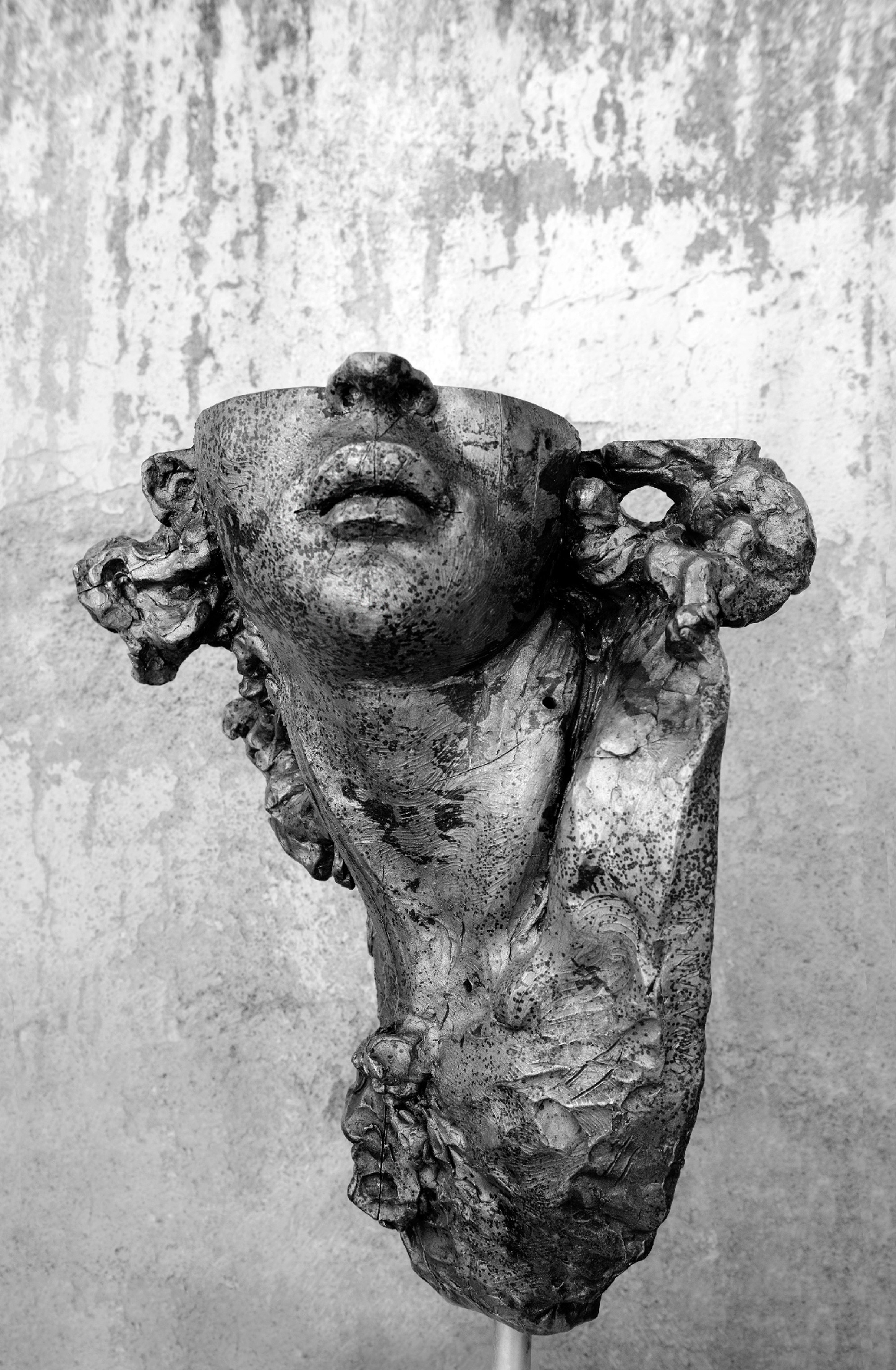
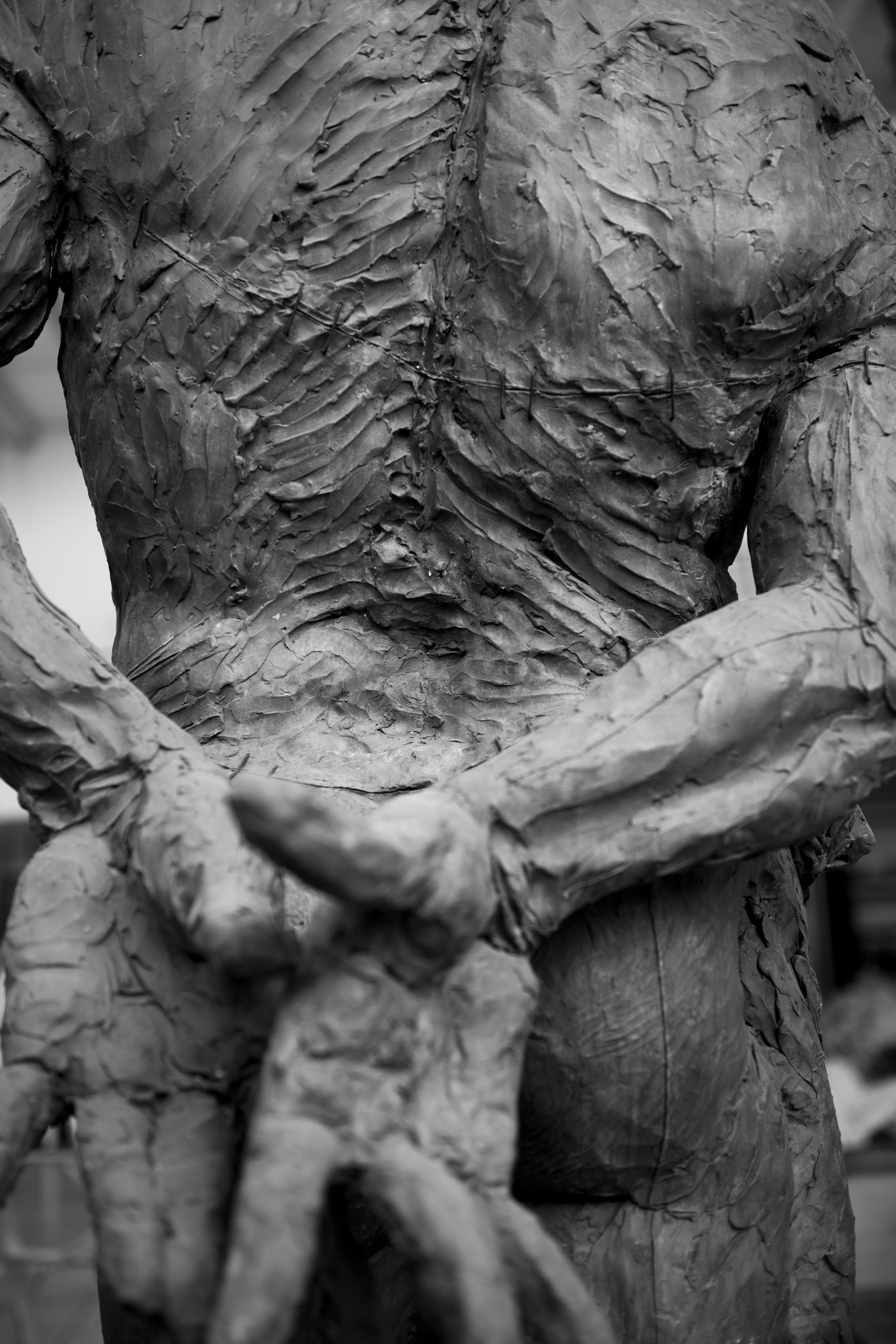




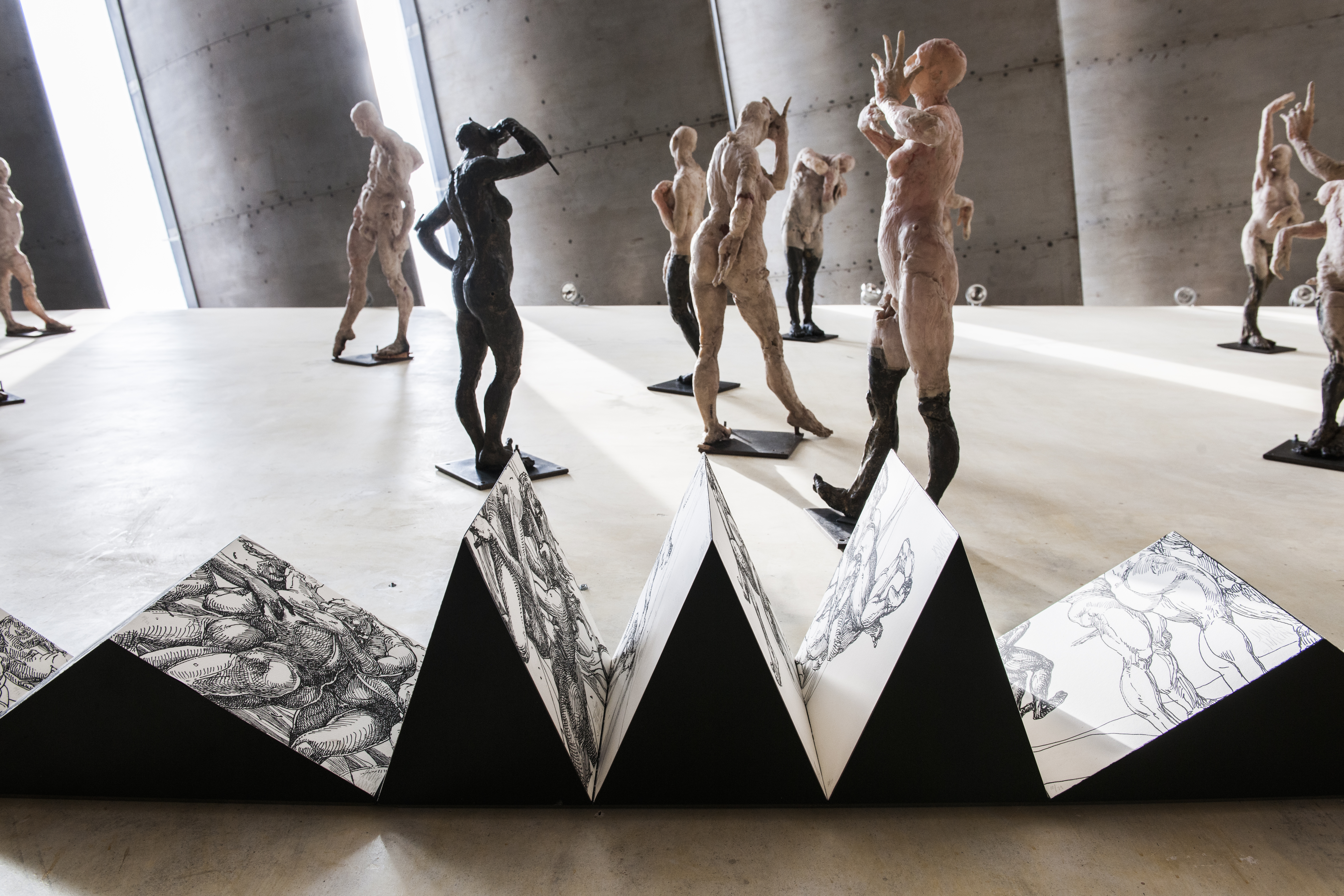





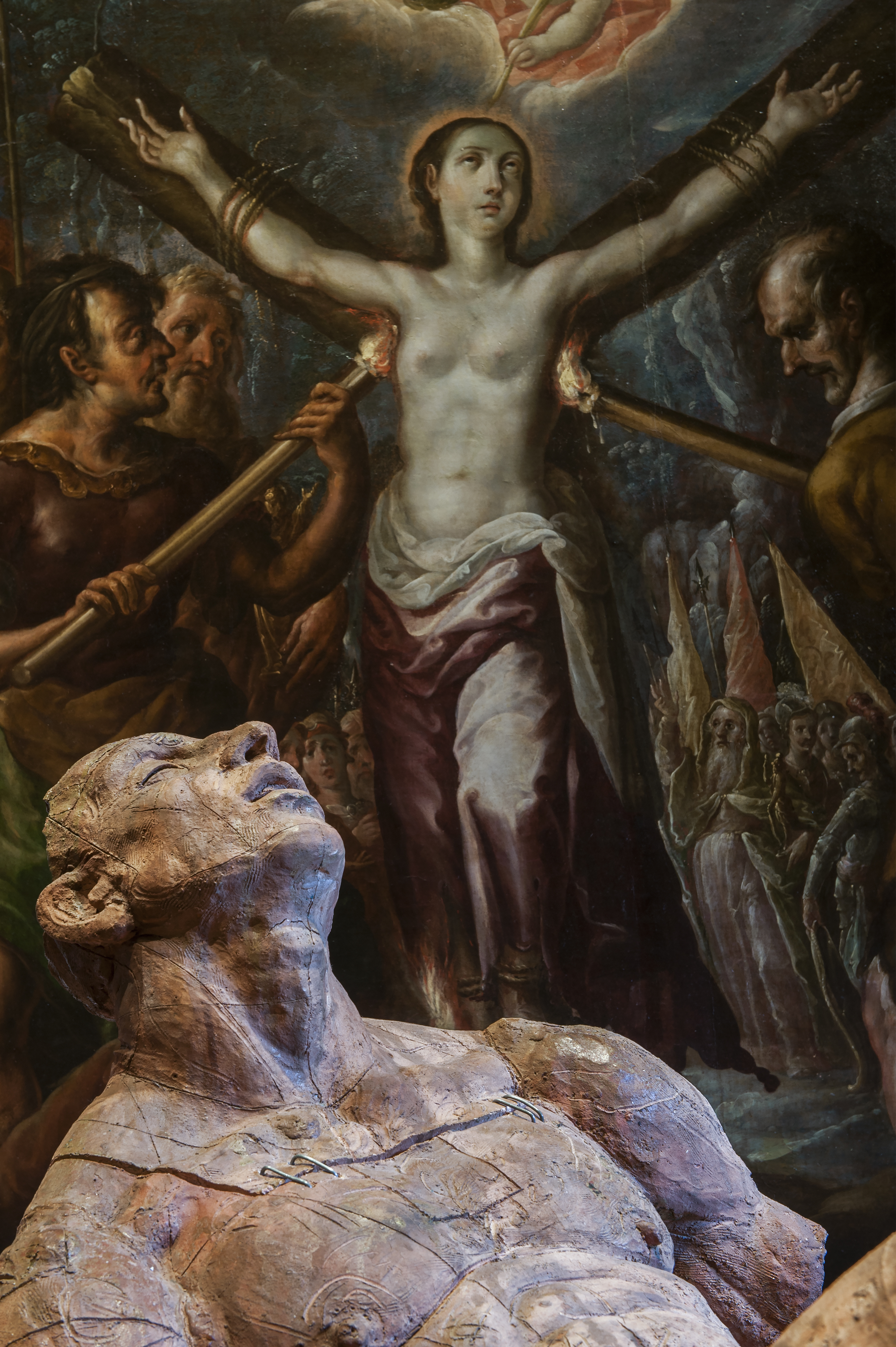


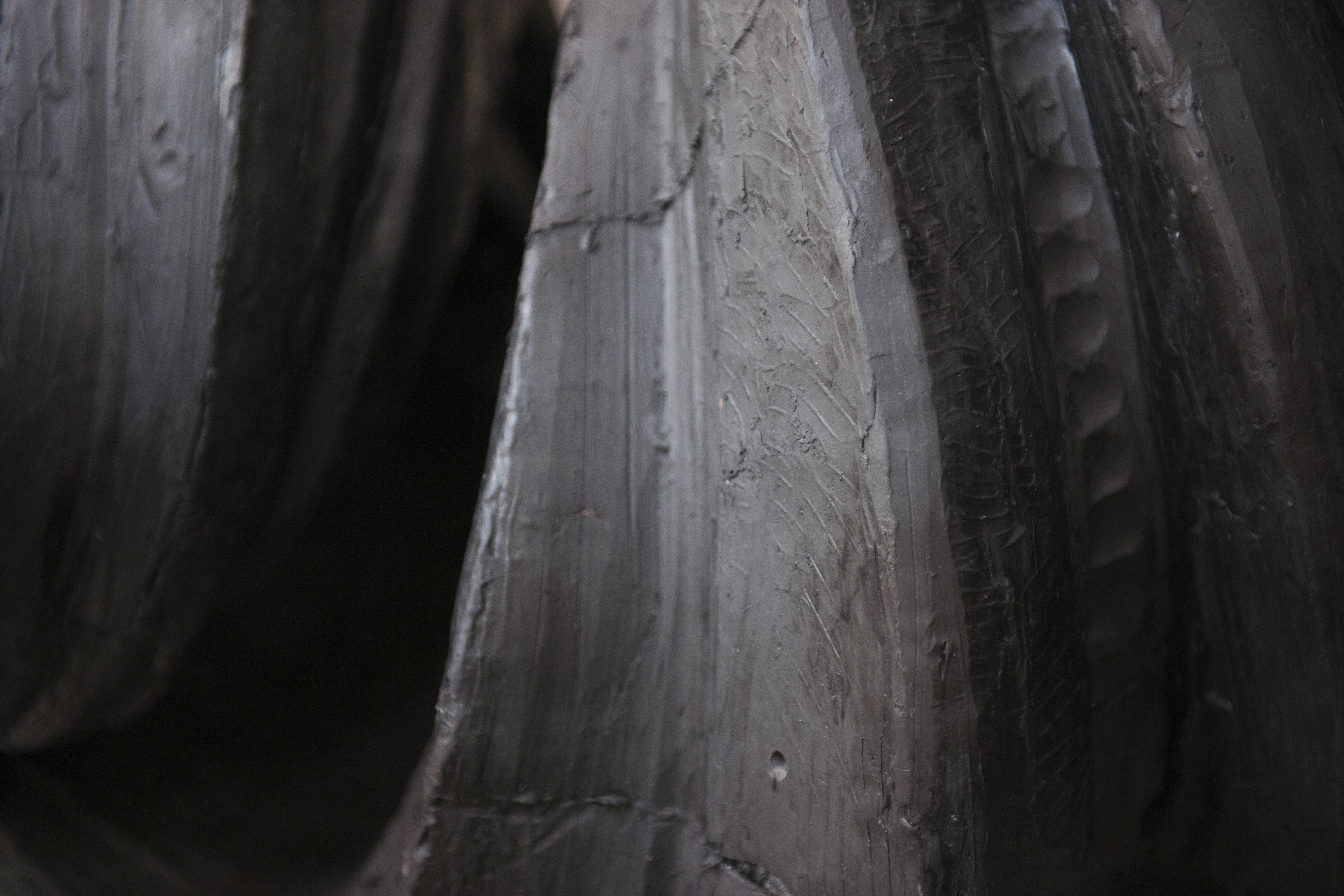


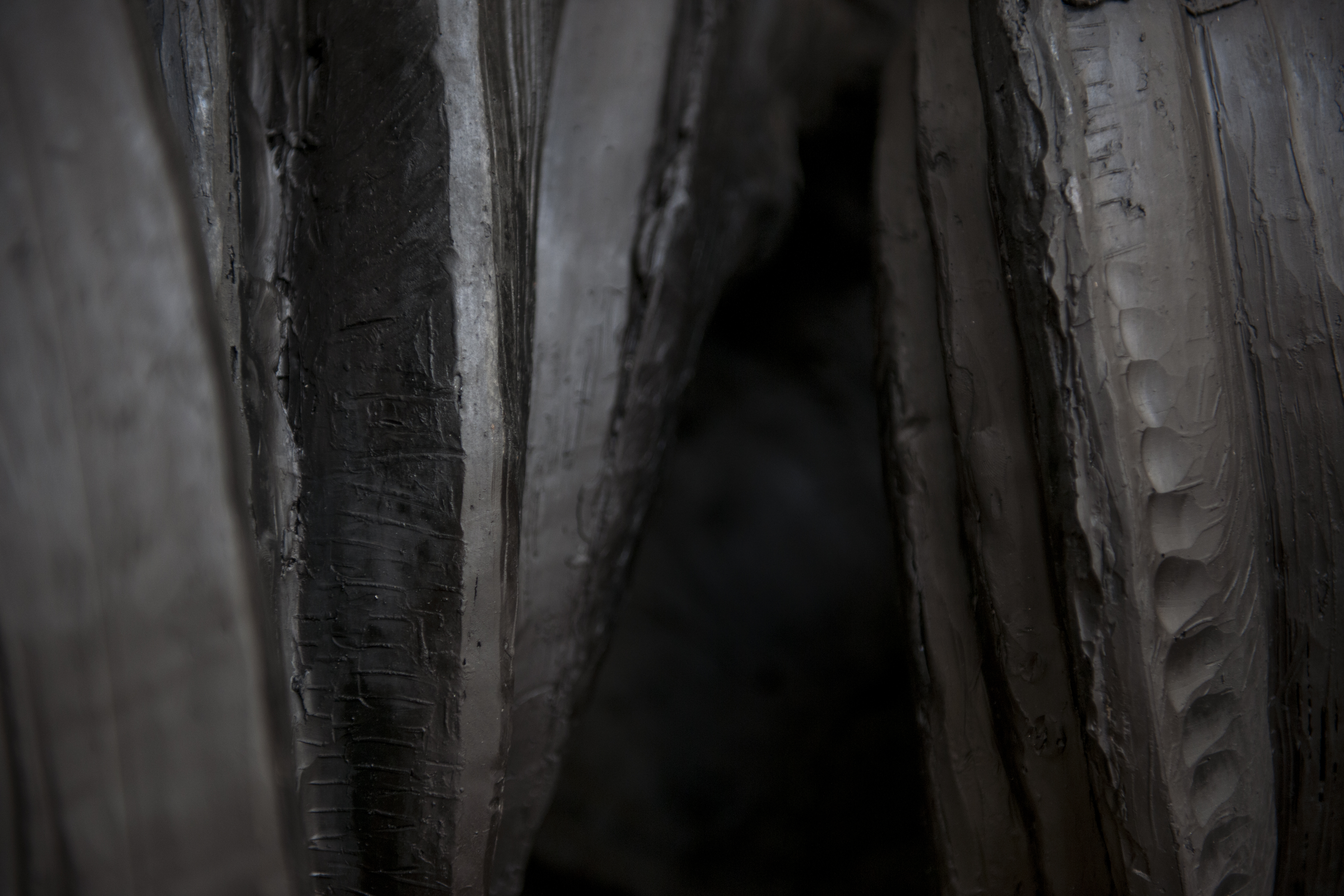
Images: José González
EDITORIAL /
RETRATO
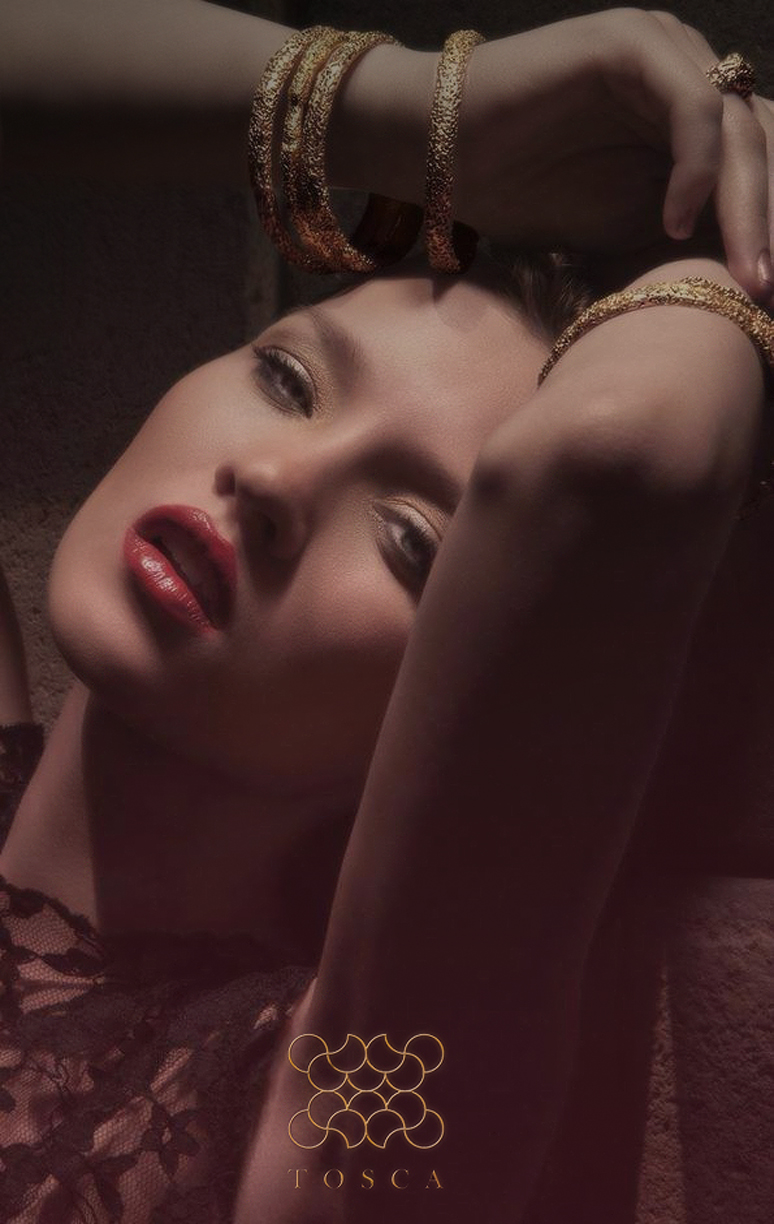





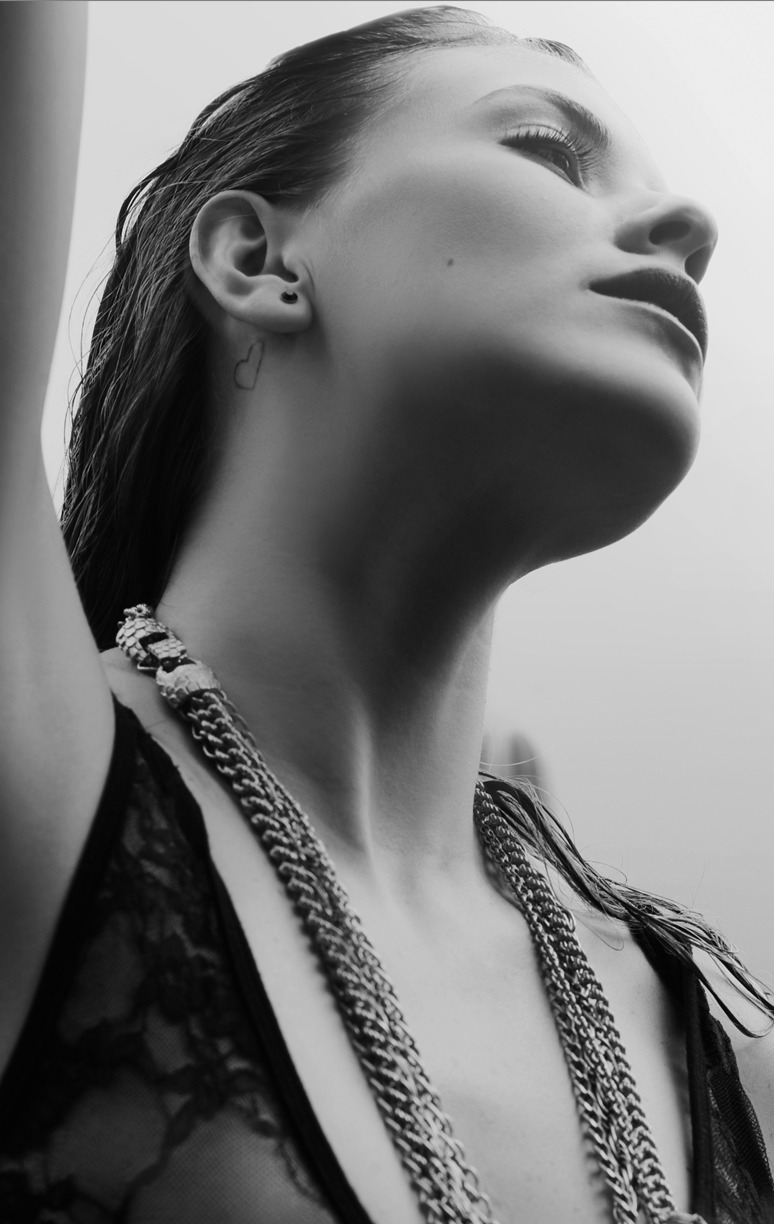

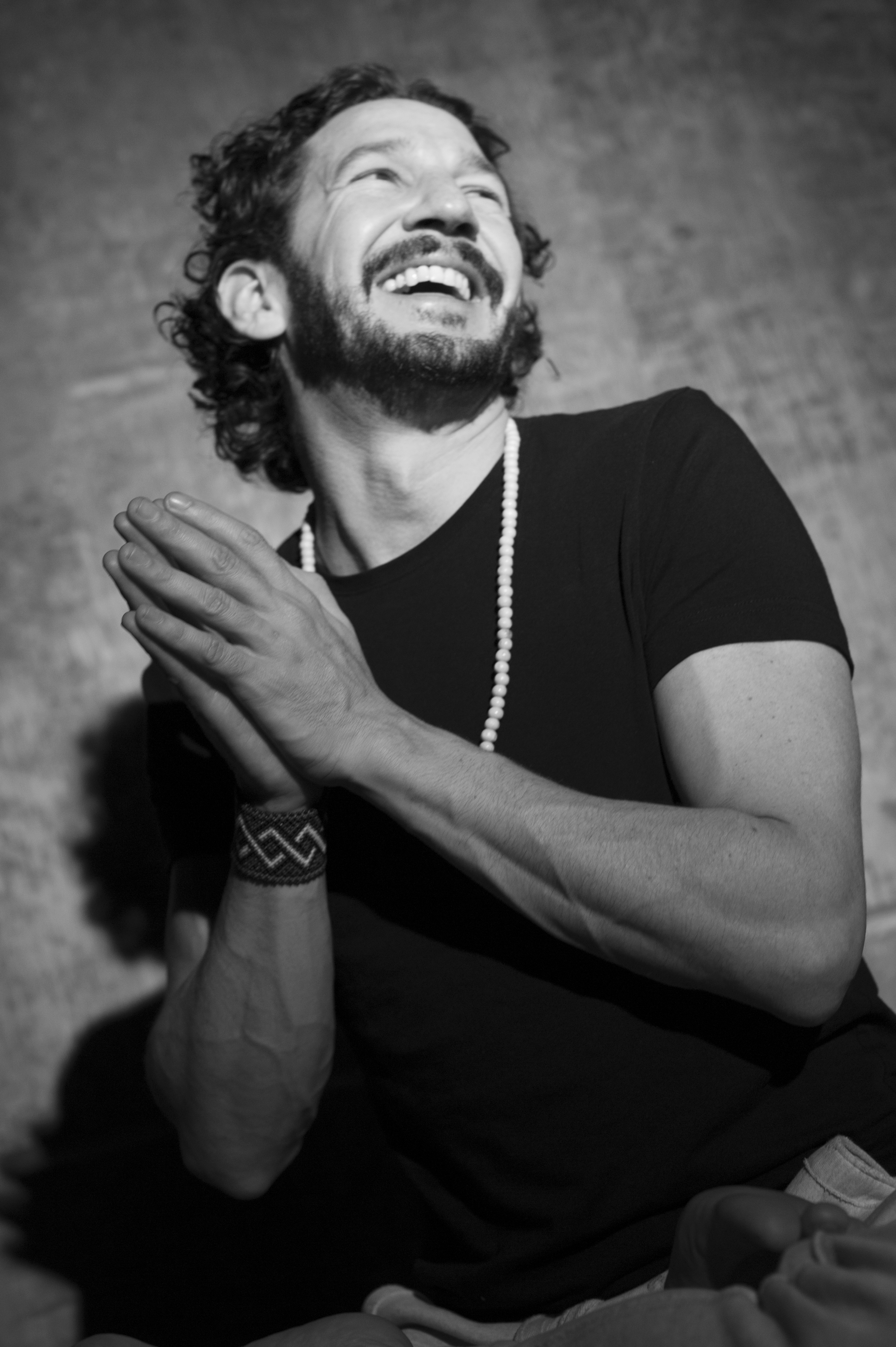
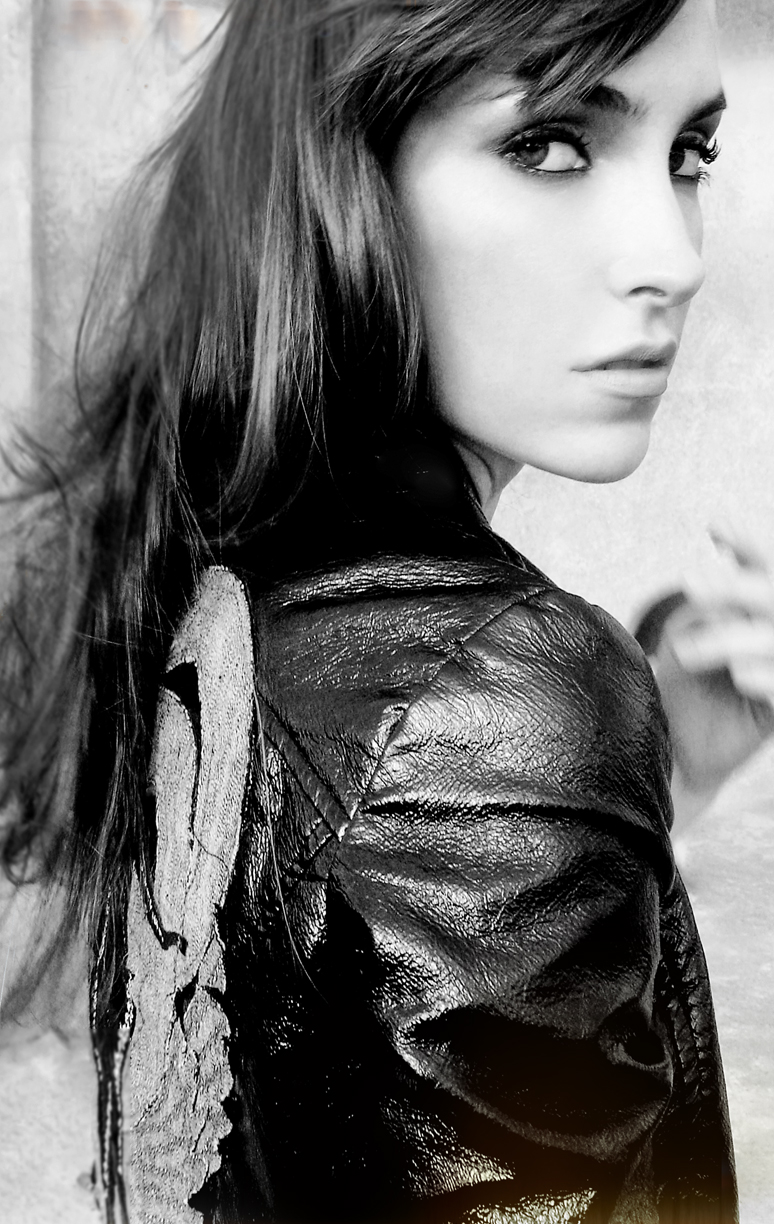

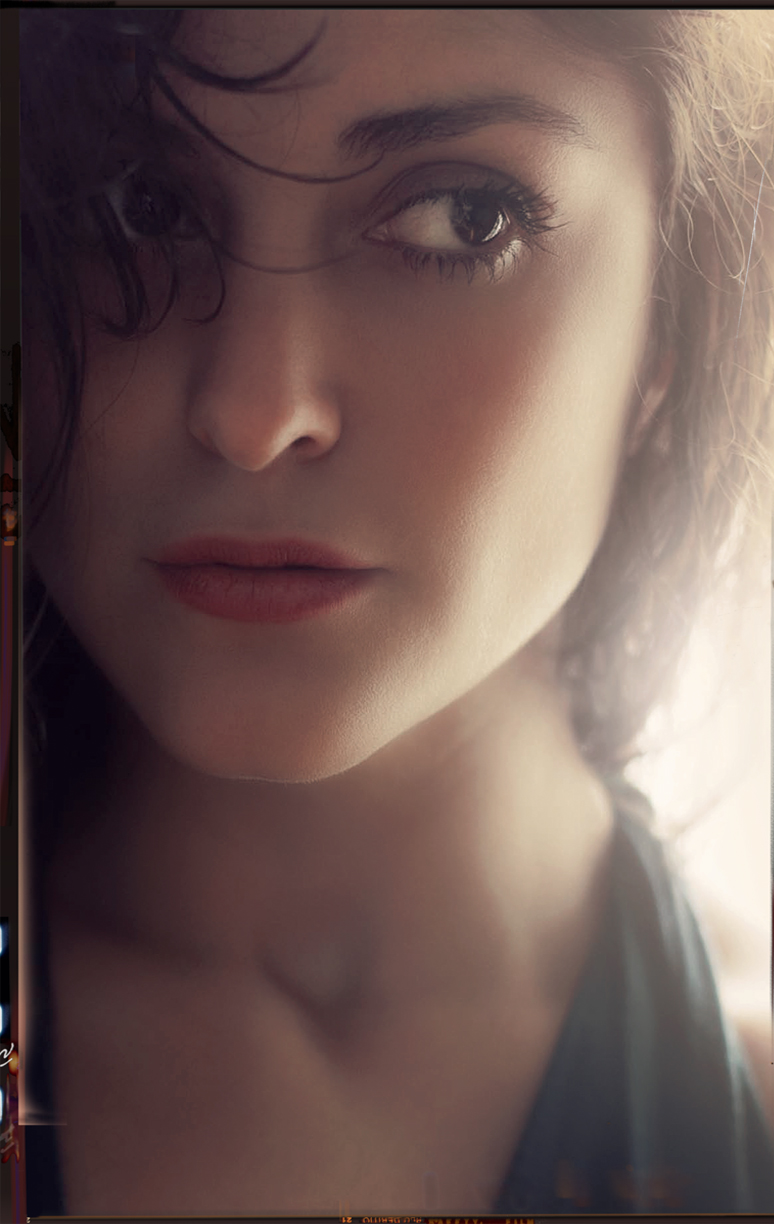
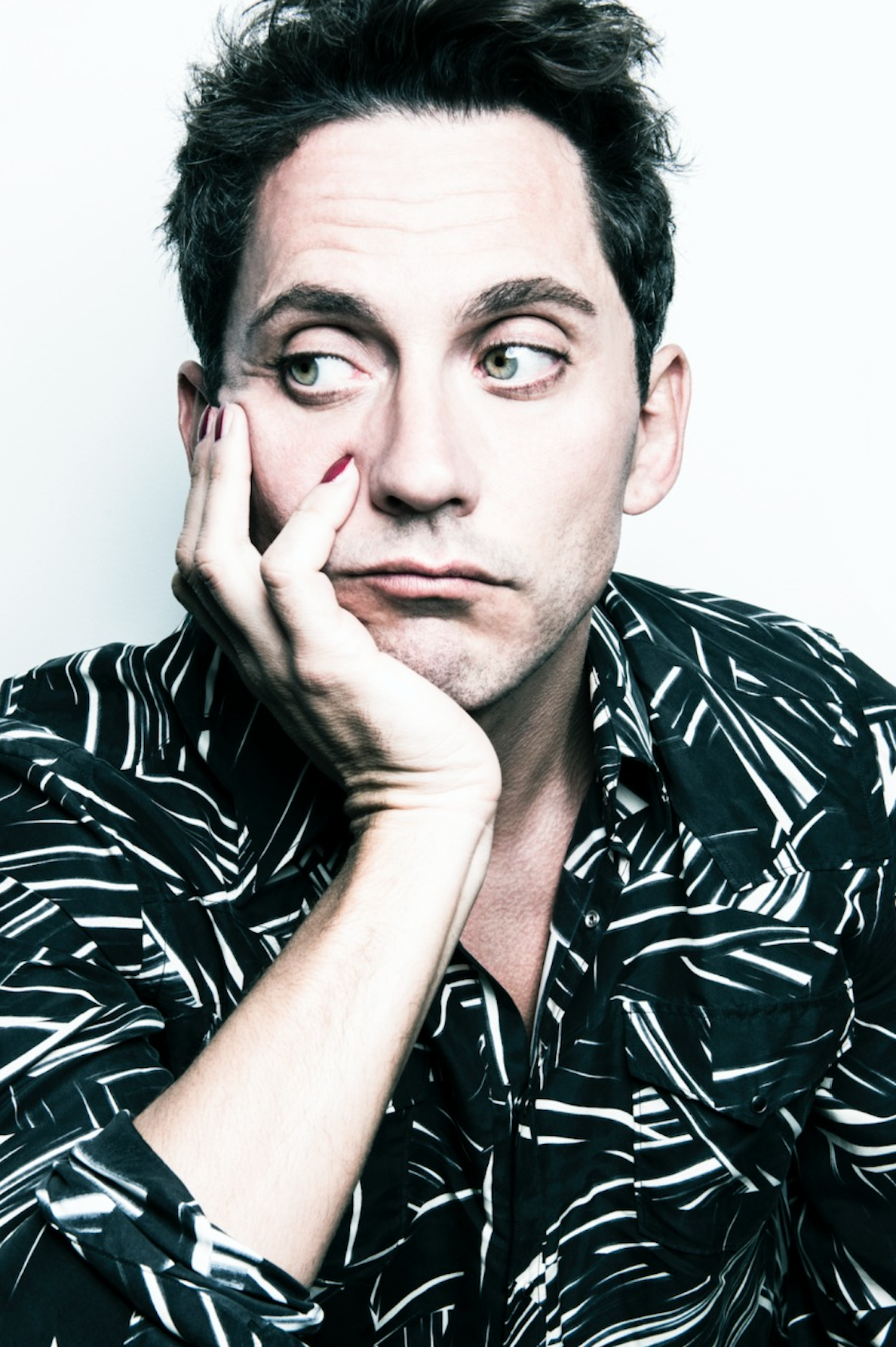
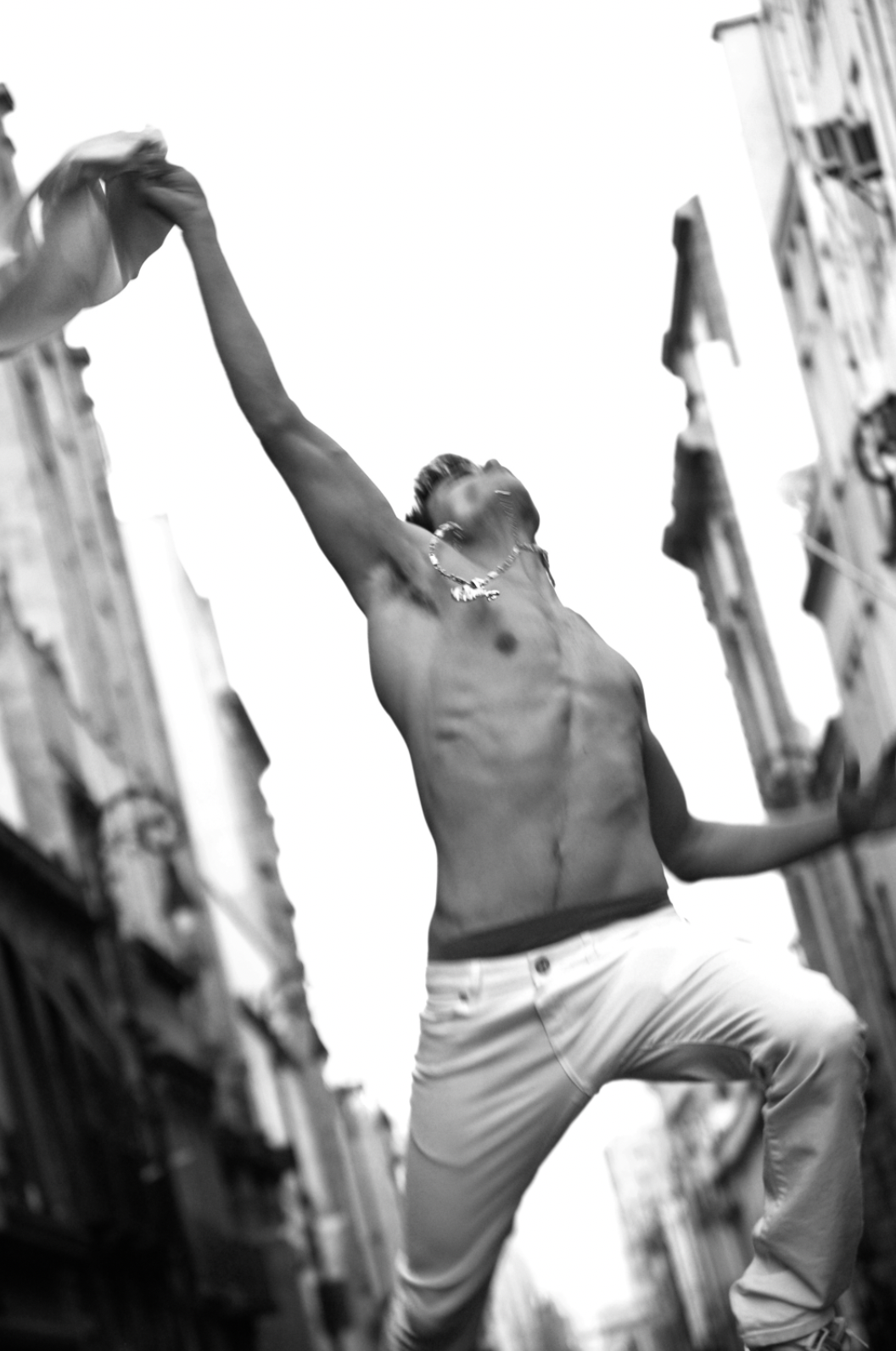

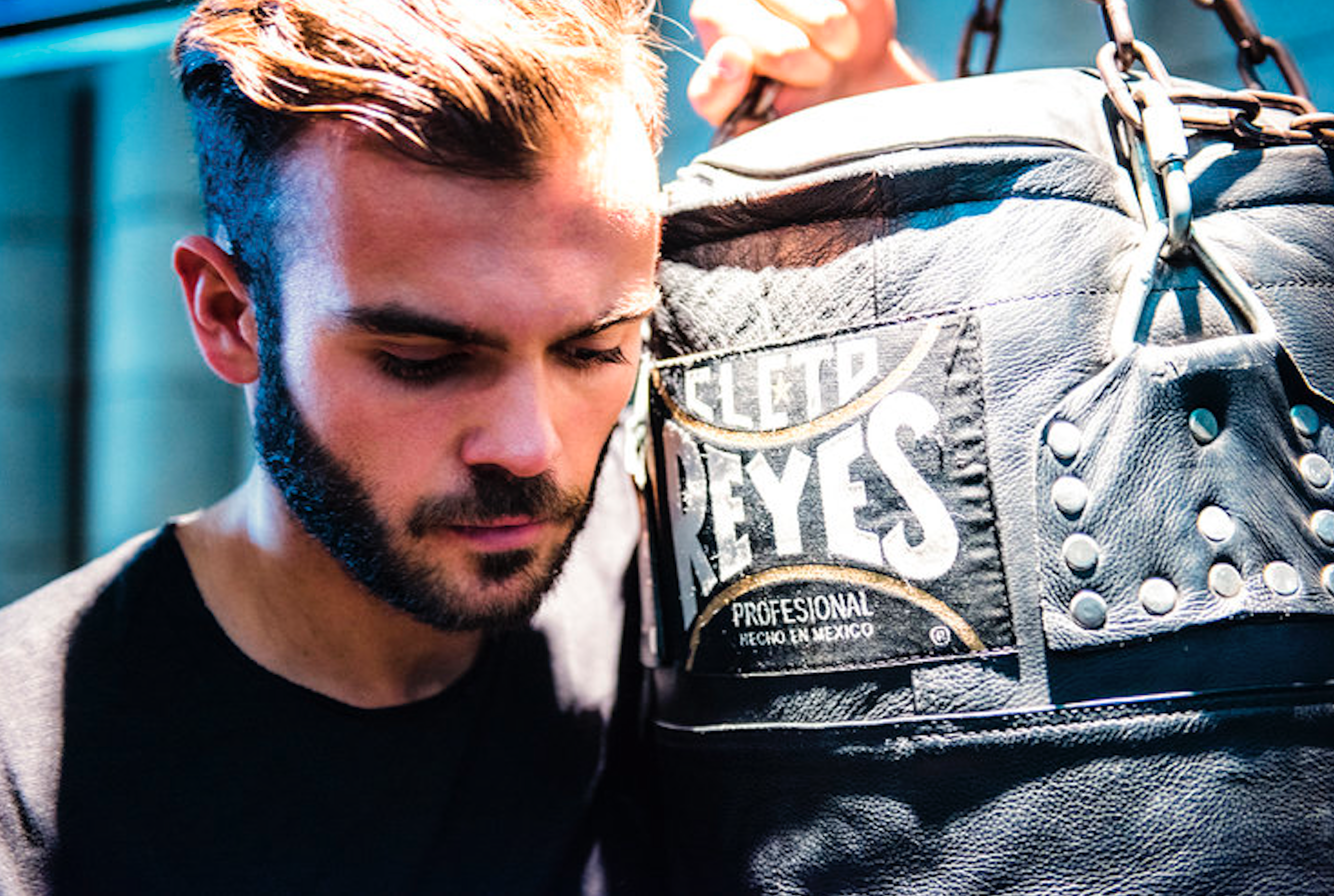












RAW/
STUDIO

